|
If it weren’t for the coronavirus, the Theory & Practice of Italian Cheese course would have started on Thursday 7 May. Since we were all staying at home and washing our hands, I posted each day on Facebook what you would have done if you had signed up for the course. I'm reproducing it here in case you missed it over there. It won’t be a virtual course, because I believe the best way to learn to make cheese is to be in the dairies of my cheesemakers not only watching, but also smelling, touching, hearing and tasting. Not only learning to make cheese, but also learning the philosophy of making cheese by tradition, instead of from recipes. The fascination of making the same cheese every day and not getting bored. Because for a cheesemaker, every day the milk is different, the weather is different. Every day you learn something new. Thursday 7 May We pick you up at Pisa and take you to Agriturismo Cafaggio near San Miniato on the Arno River. It has a famous national white truffle fair every November, and we're having truffles for dinner after the introduction to the course by my co-leader Maria Sarnataro. There's nothing virtual about my truffle hunter Riccardo. Hunting for truffles and training dogs are his hobbies. He's a trained nurse, and in reality, he’s on the COVID-19 frontline taking swab tests at care homes. Friday 8 May This morning we’re at Enea Giunti’s farm to learn about making lactic fermented goat’s milk cheese. As soon as we arrive, you feel transplanted to a parallel universe, where simplicity and personal fulfilment triumph over technology and commerce. We start in the dairy where Enea has three days’ production on the go so you can see every stage of the slow acidic coagulation. Someone asks what starter cultures Enea uses. He waves his hand around the room: ‘The bacteria that live here. We’ve been friends for many years.’ He doesn’t know how the Geotrichum candidum arrived either, but it did. Before lunch we go down to see the goats. Enea opens the gate and we go out with him, the dogs (which understand three languages) and the goats to experience the life of a goatherd. Every Wednesday Enea makes sourdough bread in his teensy-weensy bakery where he stone grinds the heritage varieties of wheat he cultivates and bakes the bread in a wood-fired oven he built. Once a week he delivers his cheese and bread to a private buying group. His wife Valeria is an artist and cooks our lunch and we get to taste Enea’s delicious cheese. You can read a little bit more about Enea in my blog. If you have excess milk or want to broaden your product range, gelato and ice cream (yes, they’re different) are obvious candidates, so we’re off to the Cremeria Opera in Lucca for a lesson. I used to think all you have to do to make good gelato is follow a recipe. Since meeting Mirko Tognetti and launching our gelato course, I’ve learned there’s a lot more to it than that. You have to understand the principles of balancing ingredients in order to produce consistently full-flavoured and smooth-textured gelato that will keep for months in a freezer, especially if you’re inspired to create your own flavours. An example of the importance of the balance is our many attempts to use Enea’s fresh goat cheese. Because the percentage of fats and milk solids varies significantly through the milking season, our gelato was either sandy or way too solid. For the next cheese course starting 27 August (I hope), we’re going to make ricotta gelato. The composition of ricotta is more consistent, and Mirko makes a fabulous one. Saturday 9 May For the rest of the course we stay at Agriturismo La Torre (the Tower) at Fornoli (Bagni di Lucca / Thermal Springs of Lucca). I try to base all my courses and tours at agriturismi to invest directly in the rural economy. La Torre produces olive oil and honey and has a restaurant with a cook who uses foraged plants when they’re available. We drive 40 minutes on narrow, winding mountain roads to reach Vitalina’s farm. Calling it a farm will conjure up a mistaken idea in your heads. You arrive at the end of a valley where the river disappears into a gorge. All you see is a stone house, a couple of stone out-buildings and ramshackle wooden sheds with corrugated iron roofs perched on steep slopes clothed in mixed deciduous woodland. Vitalina’s husband Pellegrino (pilgrim) spends his days following the goats on paths through the woods. Vitalina makes her simple hard-paste caprino (‘capra’ means goat) in one of the stone out-buildings and matures it in another next to the river where the running water helps maintain the correct temperature and humidity. As we climb the steep path to the goats, Vitalina tells you that in a territory of shepherds her family was always known as the ‘goat people’. When she was a child, she was always out with her father and uncle looking after the goats and learning to make cheese. One of the great dramas of the course is Pellegrino setting out with the goats. Click the picture below to view the video. As you can see, between 25% and 30% of the animals are sheep. They’re not improved breeds, but are mixtures of the local goats and sheep of the Apennine Mountains whose peaks soar above the farm. Vitalina makes three different cheeses using pretty much the same method: pure caprino, mixed sheep and goat's milk, mixed goat and cow’s milk. You might not have realised that you can mix milks and how good they are. We descend to the dairy to watch and participate in making the cheese and then ricotta with the whey. You can only buy Vitalina’s cheese and ricotta from her doorstep, and people drive long distances to get it. She attributes the excellence of her products to never refrigerating her milk. Between Easter and the end of August she makes cheese and ricotta twice a day! Many participants on the course have dreamed of returning to work alongside her. After a brief rest, we arrive at Marzia Ridolfi’s in time for the evening milking. We used to watch Marzia milk the cows, some by hand and others using a portable machine. However, it was too painful for all of us. In Italy most dairy cows are kept in stalls for their whole lives. Drive through Parma and Modena Provinces where 3.75 million wheels of Parmigiano Reggiano were produced last year, and you’re lucky if you see one cow in a pasture! But Marzia's sheep and goats are free range, and I love watching her son Federico milk the mixed flock of white Garfagnina and black Massese sheep. Marzia’s family is dear to me. She lives with her mother-in-law Ida, her husband Roberto and two of their grown children. The elder daughter moved to Lucca (50 minutes’ drive away), but Federico and Stefania decided to stay on the farm. Not many young people do these days, and I like to think that my bringing cheesemakers from all over the world added to their sense of self-esteem and influenced their tough decision to stay on their smallholding. Ida is a powerhouse. She was a butcher, norcino (person who cures pork), baker, cheesemaker and winemaker, and despite being in her 80s, is still going strong. She taught Marzia to make cheese and Roberto all the other skills, which they in turn are handing down to their children. Marzia’s cheesemaking is very similar to Vitalina’s method, although the small differences are interesting to note. However, the highlight of our visit is the family dinner. With 12 to 15 of us around the dining table and almost all the ingredients coming from the farm, it must be very similar to Sunday lunches of the past when extended families gathered for a special meal. Sunday 10 May We’re driving up to Daniela Pagliai’s alpine pastures at Agriturismo Taufi. She and her husband Walter still do the seasonal transhumance, taking their cows on the 3-hour walk up the mountain where they are outdoors in lush alpine meadows. I take you to Daniela partly because her dairy is a good example of a small modern one, in contrast to Vitalina’s and Marzia’s traditional ones, modernised only enough to meet current health and safety standards. Another reason is that, probably like many of you, she makes a number of different cheeses, and you learn the technique of making several types from a single pot of milk. Lastly, most of her cheeses are excellent, but as she serenely admits, she makes lots of mistakes—bitter, cracked, mould, cheese mites. There’s no better way to learn about defects than to see and taste them for yourself. One big lesson is that cheese requires concentration, and if you want to produce consistently good cheese, it’s advisable not to make 10 types of cheese, butter, yoghurt and gelato as well as having 30 cows, three children, a farmshop and an agriturismo. Daniela's dairy is at Melo at 1007 metres (3304 feet) above sea level. Now we ascend to the alpine pastures at 1231 metres (4039 feet) for lunch. We're just in time to catch the cows (and one goat) coming to the milking parlour. Click the picture below to view the video. On Sunday late afternoon Maria delivers two presentations, one on defects that might occur in Tuscan cheeses and the other, more light-heartedly, on how to compose a good cheese board. I’d like to tell you a little about Maria because she’s quite an expert on cheese and wine, and is a warm generous person as well. She lives a little south of Paestum in Salerno Province in the region of Campania (Naples is the capital). She studied agronomy at university and got her doctorate in environmental and territorial research, but gradually segued into teaching in the fields of cheese and wine. She’s the national vice-president of ONAF. ONAF stands for Organizzazione Nazionale degli Assagiatori di Formaggio, which translates literally as the National Organisation of Tasters of Cheese. But ’tasters' doesn’t convey the range and depth of knowledge its members must have. They must know the details of the vast range of cheeses made in Italy (officially 487), about the procedures for making and maturing them and the legislation (both Italian and European) governing the cheese industry. They constantly visit dairies in all parts of the country. Some of the members are top consultants on cheese production and ageing. In addition, they determine the methodology for tasting cheese and set the criteria for judging the visual, tactile, olfactory and flavour properties of cheeses. As if this weren’t enough, she has an equal expertise in the field of wine. We’re very privileged to have her as our instructor! Monday 11 May We’re having lunch at Il Prisco, one of the three restaurants belonging to Agriturismo Venturo where I base part of my Advanced Salumi Course Tuscany. This morning on the virtual Theory & Practice of Italian Cheese course I took you to Caseificio Bertagni in the Garfagnana. Verano’s dairy is the largest we visit on the course, but is by no means industrial. Verano’s family has always made cheese, first on their farm and now in this purpose-built dairy. Verano’s experience is vast, and so far, he has answered satisfactorily every question participants on the course have thrown at him. Verano collects cow, sheep and goat milk from small farms in the territory surrounding his dairy. He knows the farmers personally and knows whose milk he can trust for his raw milk cheeses and which he has to pasteurise. He has a lab and shows you how to test the milk. He’s the only person we visit who uses starter cultures, but they’re selected strains from the Garfagnana. He understands the differences between mesophyllic and thermophilic bacteria and when to use them. We watch him make a pot of cheese and then ricotta. Next we go to the maturing room. Finally we get to taste the cheese. I'm interested in whether you think the larger production has compromised flavour. The main course ends after lunch. For those of you who chose to come on the one-day extension to a Parmigiano Reggiano dairy, we’re off on a scenic drive to Modena Province on the other side of the Apennine Mountains. Tuesday 12 May We’re on the extension trip to the Theory & Practice of Italian Cheese course, and we’re at Caseificio Sociale Santa Rita Bio. They’re a group of organic dairy farmers who rear both the ubiquitous black and white Friesians plus the nearly extinct native white modenese cow. The latter give only 9–12 litres of milk per day (1/4 the yield of Friesians), and the group produces just two wheels of parmigiano a day. We’re at a large dairy where Santa Rita Bio have six pots dedicated to their organic cheese. I’m partial to small producers, but I changed my mind when I visited. Here, new pots of parmigiano are started at intervals throughout the morning to allow three people to perform all the crucial production steps, which means we get to see everything from adding the whey starter to putting the curd in moulds and the salting. Parmigiano is made from the unpasteurised partially skimmed milk of the evening milking and the whole milk of the morning milking. The pots are traditional un-tinned copper. You notice immediately they're so tall that they have to be sunk into the floor to be at a comfortable level for the cheesemakers. This is a world away from the cheesemakers you visited during the main course. Everything is tightly controlled by the DOP (Protected Denomination of Origin) ‘police’, and you can’t call your cheese Parmigiano Reggiano DOP until it's branded by the Consortium when it's 12 months old. The experience of tasting the parmigiano made with the modenese cow milk matches the excitement of watching it being made. I thought the 10-year-old one would be dry and strong, but it was moist with a complex flavour beyond any cheese I’ve ever tasted (and that’s a lot). Not to be missed! After our virtual visit to the parmigiano dairy the virtual cheese course is over. I just wanted to include one extra photo. If you’re a cheesemaker, you probably know David Asher’s indispensable book The Art of Natural Cheesemaking and his The Black Sheep School of Cheesemaking. David came to visit me and I took him to Vitalina’s and another cheesemaker so far up a mountain that I can’t include it in the course. As he was leaving, he said he'd seen enough to write another chapter for his book. I was so proud of my cheesemakers! If you want to receive news about dates and availability of places on my cheese courses, you can sign up for my newsletter here. If you have any questions about the course or would like to book, please get in touch at [email protected]
Meanwhile, have fun making and eating cheese!
1 Comment
April should have seen us flying off to Sardinia to run the wonderful Celebrating Sardinia tour! Of course this year that wasn't possible because of Covid-19. However, we decided to run the tour anyway — on Facebook! Our followers were treated to fabulous pictures and interesting facts from the tour. And you can find it all here, in case you missed it. Enjoy! Tuesday 21 April 2020 Today I’d be packing to take a Ryanair flight from Pisa to Alghero, a town in the northern part of the island of Sardinia. My Celebrating Sardinia tour based in southwest Sardinia would have started on Friday. Since my guests wanted to see some other parts of the island and Alghero is the home town of Antonio Arca (pictured), the co-leader for my Sardinian tours, he agreed readily to a little informal pre-tour tour of his territory. Since none of this is happening due to the coronavirus, I’m going to pretend I’m going and give you a virtual tour. Wednesday 22 April 2020 On with our virtual pre-tour tour in north Sardinia. Antonio picks us up at our hotel and we drive north along the coast stopping for a walk along the beach and ending at Capo Caccia, the name of Antonio’s Sardinian food importing business in London. We lunch at the home of a friend of his and then proceed inland and up and up and up to Supramonte ('over mountain’) where we spend the night in these beautifully restored shepherds’ huts. Thursday 23 April 2020 Day 3 of our virtual pre-tour tour in north Sardinia. Just below Supramonte the town of Orgosolo sprawls down the mountainside. The houses are decorated with protest murals. Our guide explains that the paintings started in 1969 as an expression of discontent about the government’s treatment of remote mountain villages. Since then the themes have expanded to express sympathy with other downtrodden people and protest movements. There’s another attraction, but I’ll leave that as a surprise for when you come on the tour. When I think of lunch, I really wish this weren’t just a virtual tour. Back up at Supramonte Gino and his team have been preparing the classic Sardinian porceddu (also called maialino and porcetto), young pig spit-roasted over hot coals and flavoured with myrtle leaves. Of course there’s an abundant antipasto and many other courses including boiled mutton and local pecorino. Happy and satiated we climb into the van for the drive back to Alghero. Friday 24 April 2020 Today the virtual Celebrating Sardinia tour begins. Massimo Privitera, our delightful driver for the tour, picks us up in Alghero. It’s a long way to Sant’Antioco. My philosophy is that the journey is as important as the destination. Rather than speeding down the super-highway, we travel slowly along a scenic route, stopping for a good lunch along the way. Saturday 25 April 2020 Our first virtual full day in Sant’Antioco is jam-packed with activities. After our cappuccinos we’re going to meet Stefano Castello and his strange triple pipe, the launeddas. It requires circular breathing, a technique that allows you to produce a continuous note by breathing in through your nose while blowing out through your mouth into the pipe. Just try it! The instrument is fiendishly difficult to play, you fine tune it using beeswax and there is no written music. You have to learn by ear from a maestro. How has this instrument survived in Sardinia for three millennia? And why have I only seen men playing it? I have a theory, but you’ll have to wait until next Saturday to find out. Here’s Stefano near the Tomb of the Giants, where I first heard him play and which we’ll be visiting later in the week. It’s still Saturday of our virtual Celebrating Sardinia tour. After enjoying lunch at our favourite organic café, we stroll along to the grand opening of the 661st Festa of Sant’Antioco, the patron saint of Sardinia and the celebration that gave me the idea for this tour. People from all over Sardinia arrive in their distinctive village costumes for the offering of ‘Is coccois’, an elaborately decorated sacred bread. As much as I enjoy the procession, what I like best is watching the preparations, like this wife adjusting her husband's collar. I was especially captivated by the young people wearing their costumes as if they were jeans and sitting on the curb gazing at their cell phones. It’s aperitivo time and I hope you still have some energy to stroll along the main street of Sant'Antioco for our virtual passeggiata sampling food at the stalls of small food producers and admiring the wares of craftspeople from many parts of Sardinia. All generations from great-grandparents to babies gather round for the music and dancing. Can you keep from tapping your foot? Sunday 26 April 2020 One of the highlights of our virtual Sunday on the Celebrating Sardinia tour is — you guessed it — another procession! This time we have a succession oxcarts which must keep all the florists of Sardinia in business for the whole year. With all those oxen on parade, the unsung hero of the morning is the pooper scooper. Here’s his moment of glory. Anyone for yeast for your virtual dinner? If this doesn’t sound very appetising, think long-rise pizza dough and craft beer at Birrificio Rubiu. Let’s hope I haven’t made the same mistake as last year when I booked at their pizzeria in Cagliari instead of the brewery in Sant’Antioco. They fit us in anyway, and we didn’t go hungry. Whew! Monday 27 April 2020 On our virtual Monday morning, at the end of a dirt track we arrive at Giulio's. I hope you're enjoying our virtual Celebrating Sardinia tour so far! Before taking you to a producer or an event, I check it out in person. I first met cheesemaker Giulio Basciu on a research trip in February 2017 with my architect friends Laurence and Nina. You watch Giulio make pecorino cheese and then ricotta and will stay for his homemade and home-grown lunch. Something you might not notice hanging on a hook is this traditional shepherd’s cloak in which Laurence looks quite at home. I don’t often include museums on my tours, because you can find them on your own, and in general I have nothing to add to the excellent videos and storyboards museums provide. But the Archaeological Museum of Sant’Antioco is on the fringes of town and even taxi drivers have trouble finding the front door. On the slopes above the museum is a tofet, a Phoenician-Carthiginian cemetery dedicated to remains of infants buried in terracotta pots. Child sacrifice or high infant mortality? You can make up your own minds when you’re there. For now, I want to show you one of the many beautiful objects on display inside the museum building which show off the exquisite workmanship of jewellers of that era. Don’t you wish we had a time machine and could visit the jeweller's workshop? Tuesday 28 April 2020 Since Friday evening at the start of your virtual Celebrating Sardinia tour, you’ve been staying in the town of Sant’Antioco on the island of Sant’Antioco. In the early 13th century, because of harassment by Saracen pirates, the people of Sant’Antioco moved away from the coast and the seat of the diocese was moved to Tratalias, where they began building the cathedral in 1213. Today, whether or not we’re attacked by pirates, I’m taking you inland to Tratalias. You’re going to have a pottery lesson with Antonella Ajò, who will teach you three simple techniques you can use to make either a useful or decorative object. Antonella wasn’t a potter by training, she was inspired by the romanesque cathedral of Tratalias to make pottery models of all 66 romanesque churches still intact in Sardinia. Having completed the project, she has allowed her creative muse to take her in other directions. I love her models of daily life. I don’t know about you, but this virtual eating isn’t filling me up. It makes my tummy rumble just thinking about Lorella’s home cooking which we’re having for lunch today at her Agriturismo Sirimagus. Everyone misses vegetables in restaurants, but Lorella always includes what she has in her garden. Her sommelier husband Gianni chooses a local wine for every dish. Behind the scenes at their farm are fruit trees, tomatoes and friendly pigs. Wednesday 29 April 2020 Since Saturday of this virtual tour Celebrating Sardinia, fisherman Mauro Pintus and I have been checking the weather to decide whether we’ll go fishing today or Friday. Today is perfect—sunny and calm! We walk down to the Lungomare and board the ‘Alessandro P’, where his son Alessandro is preparing the boat and his wife Roberta is unloading groceries to go with the fish we catch for lunch. Today is the most relaxing of the tour. You can lie on the top deck and bask in the sun or stay below and help with the work. I love to watch every detail of the fishing. Mauro goes out the evening before and lays the line of netting. He knows exactly where the fish will be depending on the season and the weather. We come along and reel in the net to see what we’re having for lunch. Lifting the net is precision work. Either Mauro or Alessandro drives the boat very slowly forward while the other reels in the net. The work done, suddenly the net is whisked away and a table appears all laid for lunch. The freshest, best cooked fish I’ve ever eaten. Brava Roberta! It’s late afternoon of our virtual fishing trip as we glide back along the coast of the island of Sant’Antioco. You have the best view of the town of Sant’Antioco from the boat as we come in to moor. It’s not a perfect jewel like Tuscan hilltop villages, but its sun-baked friendly face recalls its North African and Spanish past. Sant’Antioco the Martyr is said to have been a doctor in the Roman province of Mauretania (Morocco & northern Algeria) banished early in the 2nd century AD for teaching Christianity. He landed on the island of Sulci (now Sant’Antioco). Thursday 30 April 2020 You should wake up this morning feeling excited. What a virtual Celebrating Sardinia day we have in store! Last year my usual bread teacher wasn’t available. I asked the potter Antonella Ajò whether she knew anyone who makes bread at home and would be willing to teach. She introduced me (electronically) to Anna Marras and her group dedicated to keeping their traditions alive. Usually I test every activity myself, but there was no time. I was holding my breath and crossing my fingers when we arrived. No need. Anna and her friends, some in their traditional costumes, are bustling around getting ready. We immediately get to work mixing various types of dough: for weekly bread, for stuffed bread and for decorated festival bread all of which we learn to do ourselves. They light the wood-fired oven. Start a huge pot of boiling water to cook an enormous sack of malloreddus pasta they’d made the day before. Other people keep arriving. We go to another house where the men are roasting the pork in a wood-fired oven. Slowly it dawns on us that we're the excuse for a grand feast for all the members of the group. Anna is pushing to teach us pasta next time, but I want to repeat the bread. Whoever wins, it’s guaranteed to be a fantastic day. After that gigantic lunch we need a virtual siesta, and I hear the (real) good news that there were only three new cases of Covid-19 in Sardinia. I want to introduce our driver Massimo properly because at 4.30 he’s coming to pick us up to show us his island. Massimo is one of the kindest, most generous people I know. When I’m preoccupied and tearing my hair out because someone wants to change tomorrow’s activity, Massimo is there for you (and me) smiling and ready to help with whatever you need. He takes us to see the ruins of the Bronze Age nuraghe Grutti Acqua with its underground pools, ritual lake and view over the island. On to the so-called Giants’ Tomb. We stop at the Genovese Torre Canai (lookout tower) and finish our tour at Mario & Pinella’s fish shack near Massimo’s house for aperitivo (that’s him 2nd from the left). How we manage to eat dinner is beyond me. I’m omitting Massimo’s stunning surprise for when you come on the tour in 2021. Friday 1 May 2020 I’m feeling sad. Our virtual Celebrating Sardinia tour is nearly over. But I perk up when I remember I’m taking you to the salt pans this morning. The expanse of white at the edge of the lagoon is awe-inspiring. And it doesn’t end there. Canals carry water from the sea at Porto Pino 20 km (12.5 mi) away, evaporating as it goes. We don’t visit the canals on the tour, but my insatiable curiosity took me there on a research trip and I’m including a photo so you can see what’s behind the scenes. Here you see salt crystals forming at the edge of one of the pans. See how red the water is? The colour comes from microscopic brine shrimp on which flamingos feed, which is why their feathers are pink. One thing we don’t see today is the little train that used to chug along a track carting salt from the pans to the processing plant at the far end. I saw it the first time I visited, but it has been replaced by huge lorries. Are you feeling virtually thirsty? I thought so after all that salt, so we’re going for a virtual wine tour and tasting. As soon as we walk into Cantina Sardus Pater we see the craziest thing — Alberto Massa filling a bottle from a petrol pump! When we stop laughing, Alberto leads us down into the bowels of the Cantina where production takes place. He tells us that the vin ordinaire of France used to come from the vine-covered hills of Sant’Antioco, until the EU implemented quotas. The Cantina decided to go up-market. They’re now making fine wines which they export to many countries of the world. Having done some virtual packing in preparation for our departure tomorrow from Sant’Antioco, we set off for Agriturismo Sa Reina, a biodynamic farm that cultivates cereals and artichokes. Anja teaches you to make malloreddus pasta using stone-ground flour from their farm. Judging by the photos you’ve done a good job. The flour is swept away, the tables rearranged and a dinner produced with ingredients from the farm appears. (My iPhone was so tempted by the food that it ate all my photos before I could download them. You’ll have to come on the tour to see and taste how good it was.) Saturday 2 May 2020 The final day of our virtual Celebrating Sardinia tour has come all too soon. We put our virtual suitcases in Massimo’s virtual van and head to Cagliari (pronounced Cal-yi-a-ri), the capital of Sardinia. On Tuesday we had left our pottery drying on the window ledge at Antonella’s workshop so she could fire it for us. On the way to Cagliari we stop to pick it up. How exciting to see our finished creations, and Antonella, who greets us like old friends. At Cagliari we hastily leave our bags at the Gallo Bianco (White Rooster) hotel and rush eagerly to the Mercato San Benedetto. The abundance of fresh Sardinian produce knocks you off your feet. After a quick lunch, we head to the National Archaeological Museum where I may have discovered the reason for the persistence and popularity of the launeddas. This bronze figurine dated to the 10th century BCE in the National Archaeological Museum in Cagliari (Sardinia) is labelled as an ithyphallic launeddas player. No wonder it's still being played today! I hope you enjoyed your virtual Celebrating Sardinia tour and are now safely in your real homes.
If this has whetted your appetite, come next year from 16–25 April 2021. Visit the website to find out more, and to book drop me an email at i[email protected]. Our Giants of Sardinia tour from 3–10 October 2020 still has places too. If you'd like to come, but aren't sure whether it will be safe, don't worry. Fill in a booking form now and pay the deposit later when we know whether travel is likely to be possible. Here are some more of my favourite photos because it's so hard to leave Sant'Antioco. And here’s a link to my blog about how I discovered Sant’Antioco. I encourage you to follow the link at the end to the full blog on the Slow Travel Tours website. Stay safe and well and wash your hands so we can soon drink a toast together in Sardinia: 'Salute!' (to health) |
Email Subscription
Click to subscribe to this blog and receive notifications of new posts by email. AuthorErica Jarman Categories
All
Archives
October 2023
|
|
copyright 2017 sapori-e-saperi.com | all rights reserved
|
Website by Reata Strickland Design

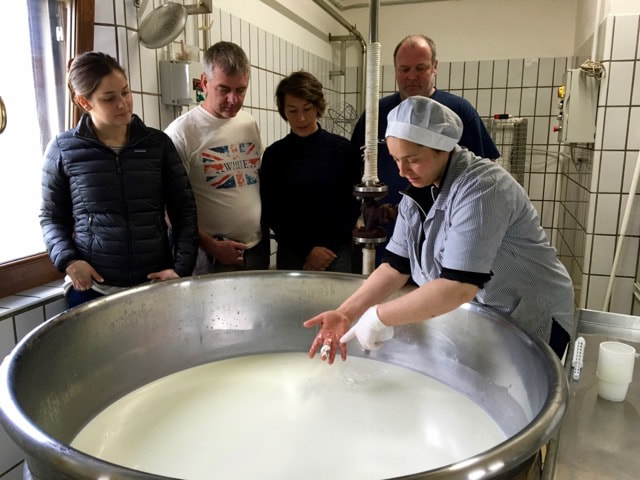
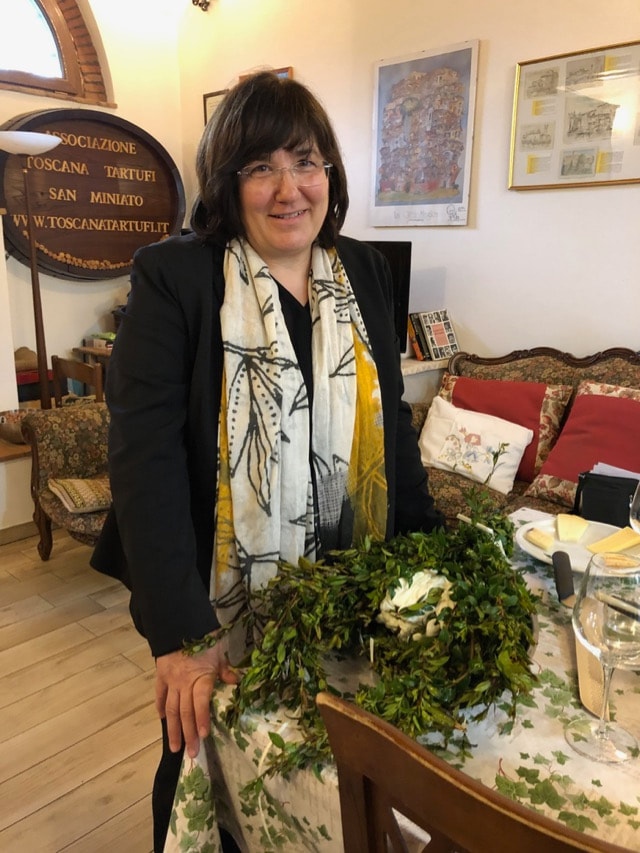
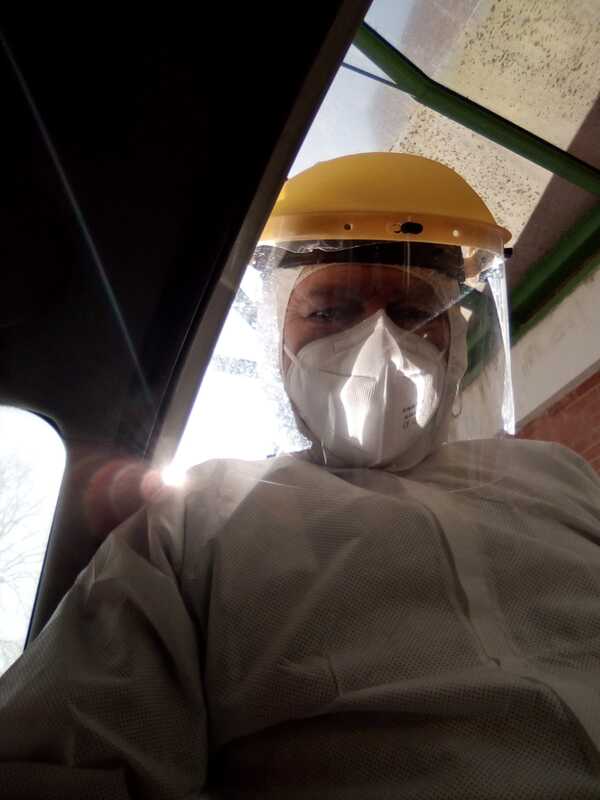
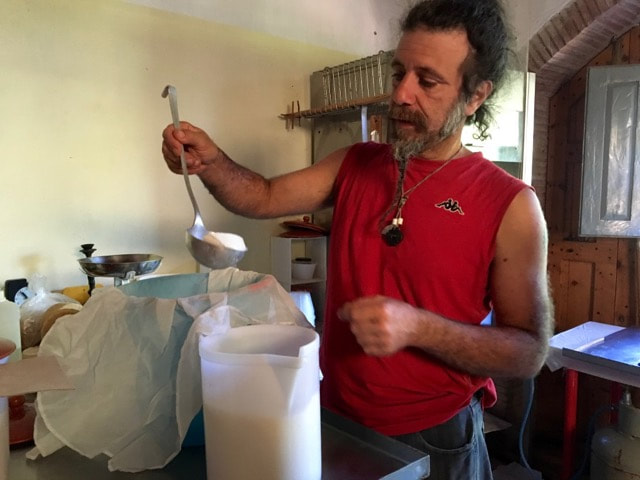
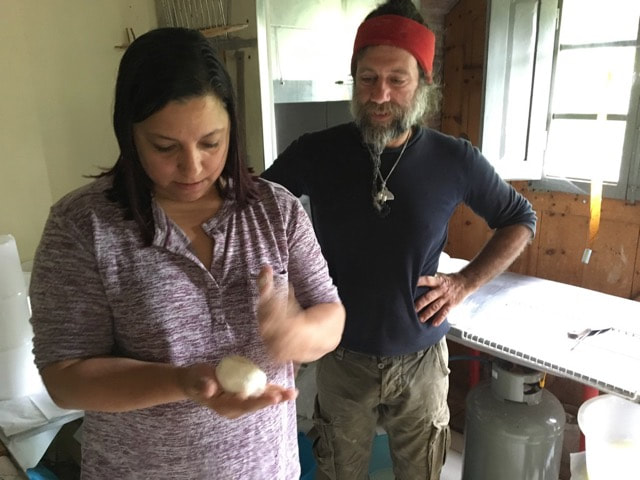
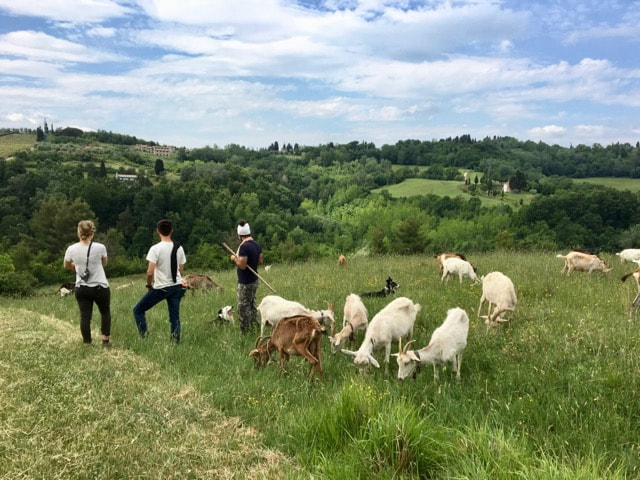
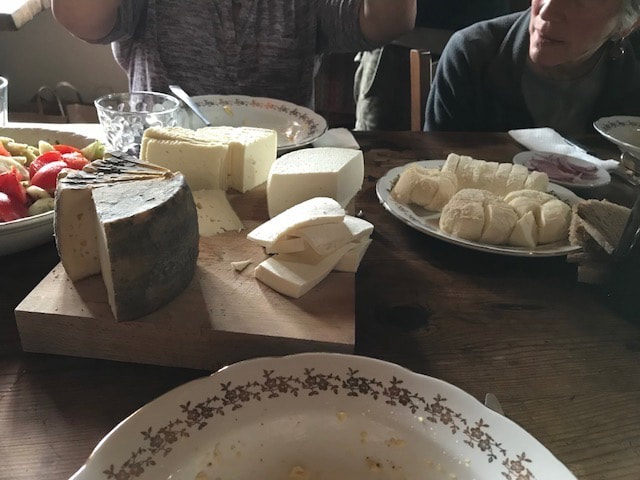
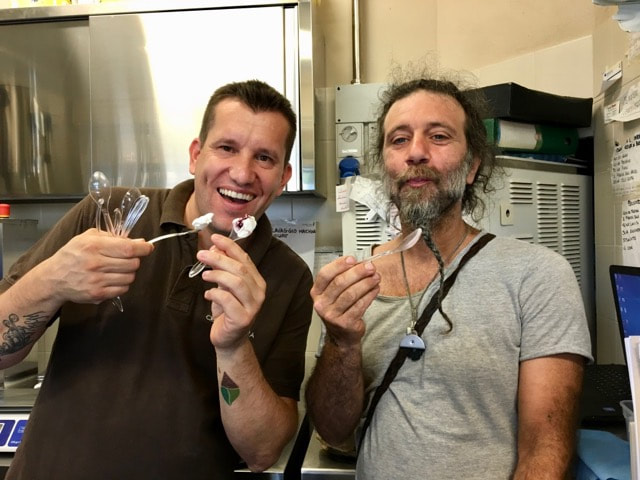
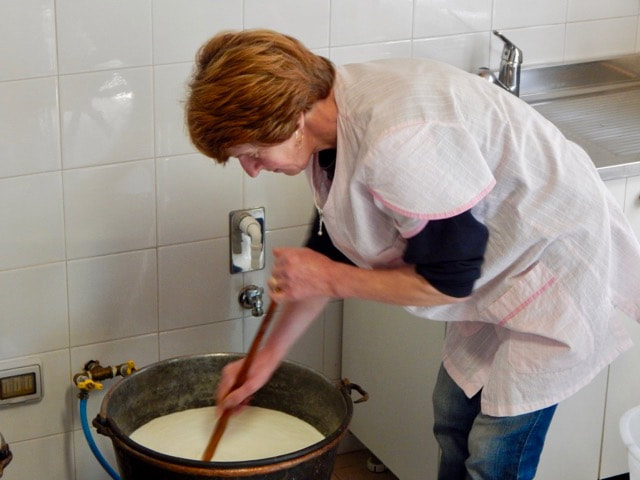
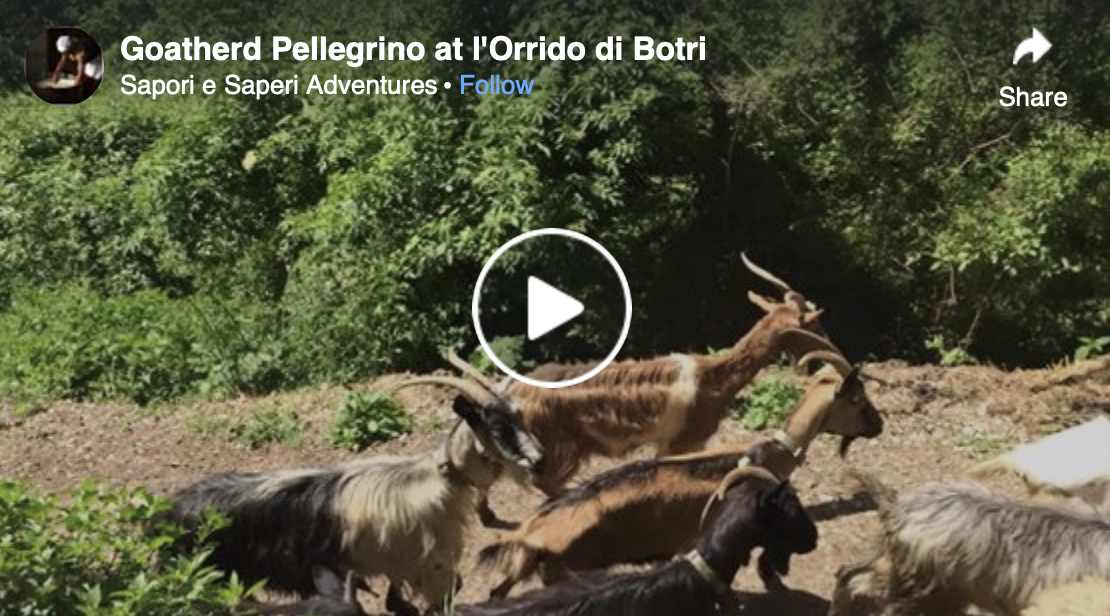
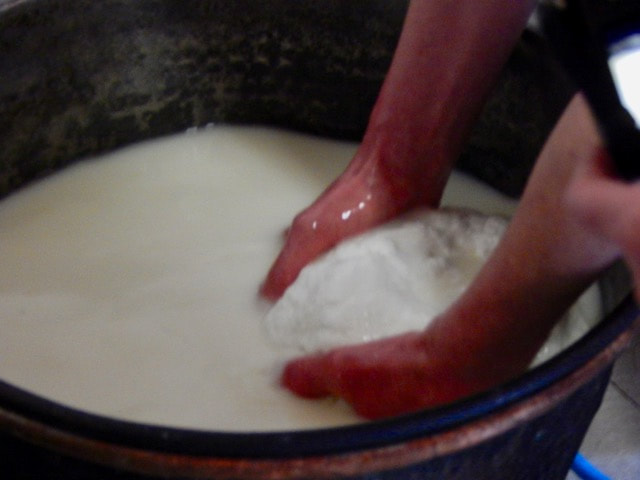
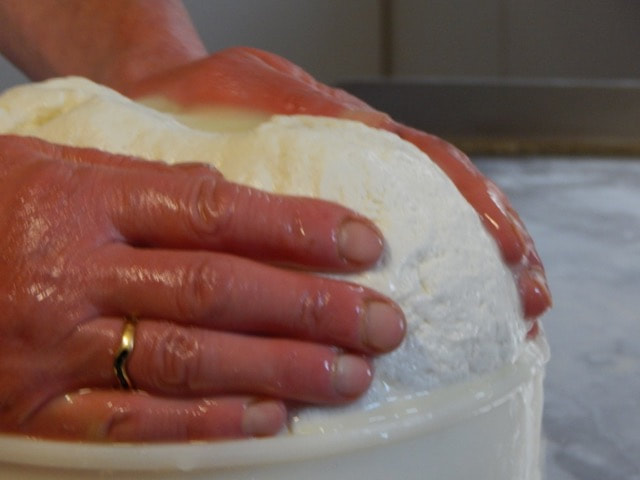
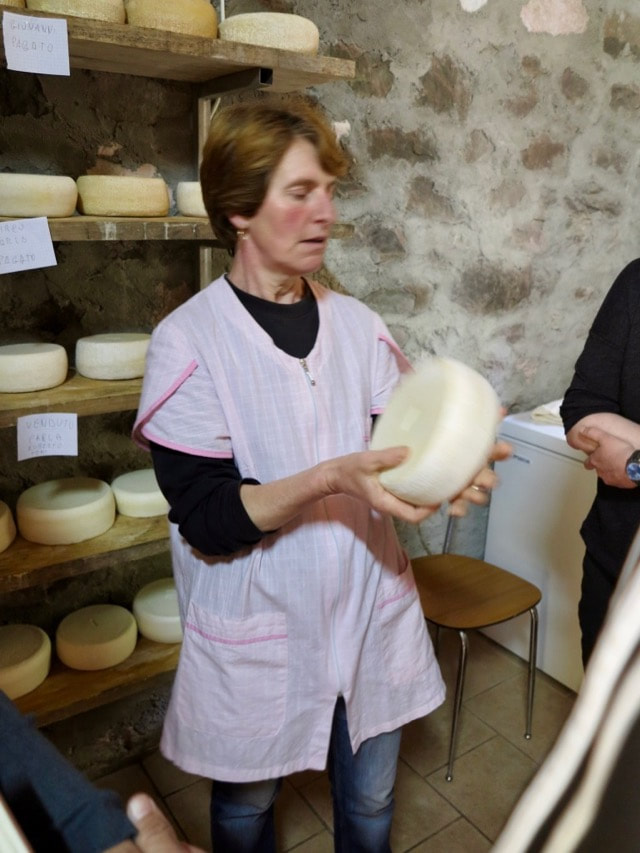
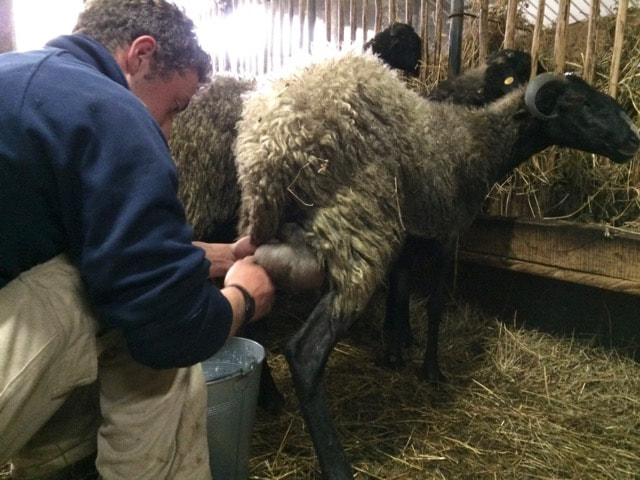
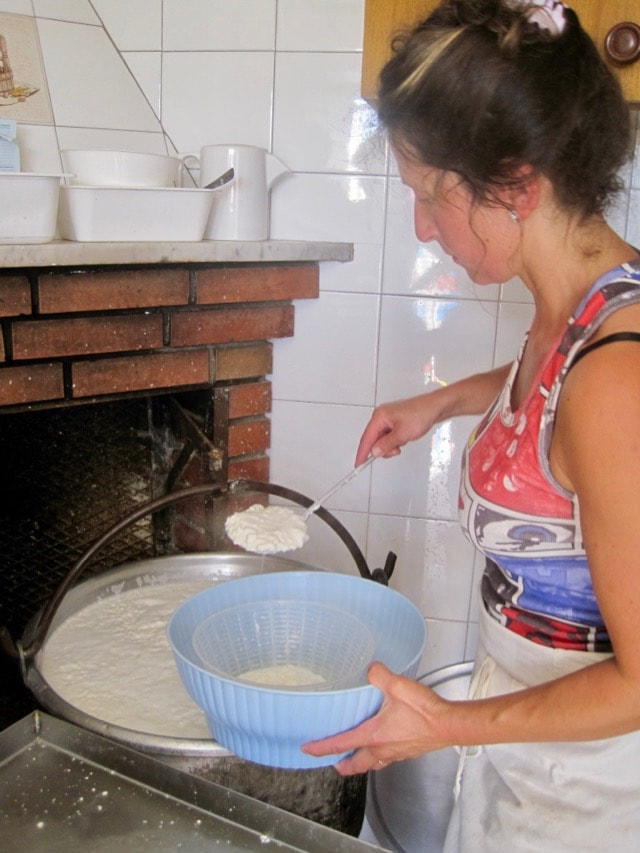
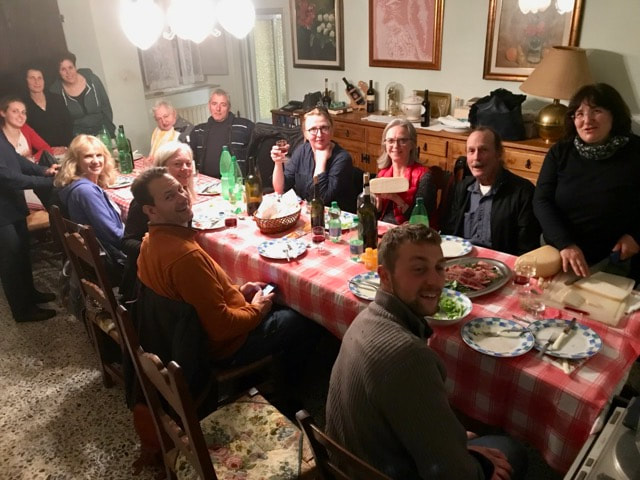
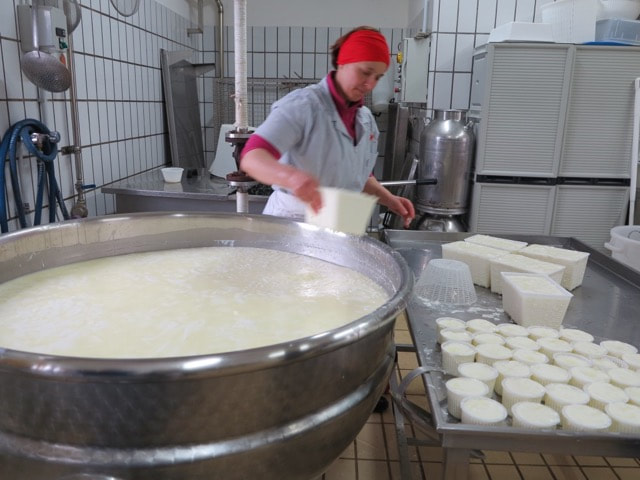
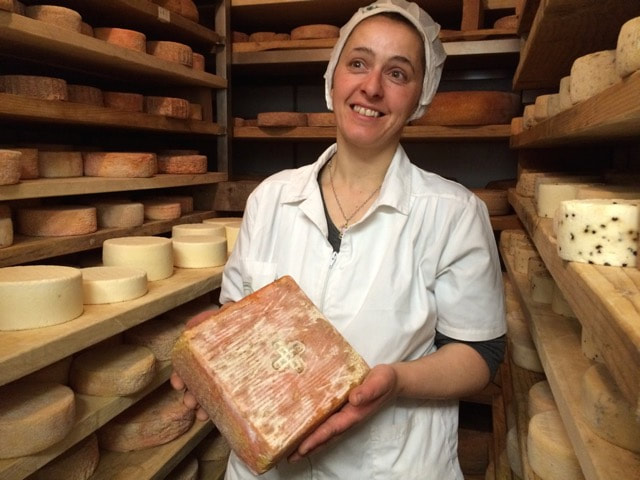
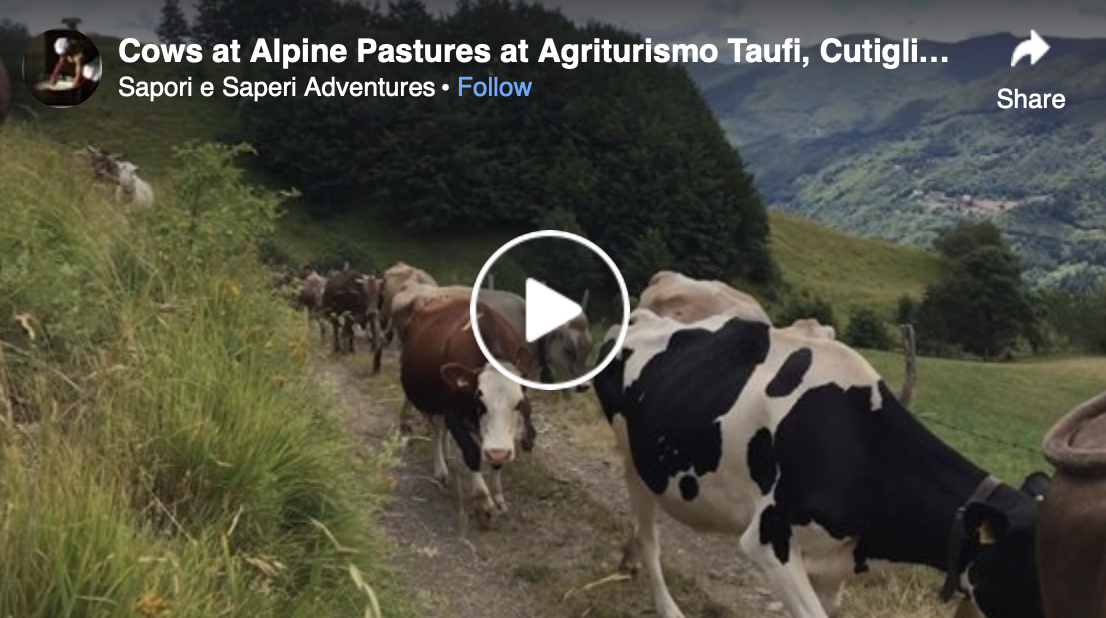
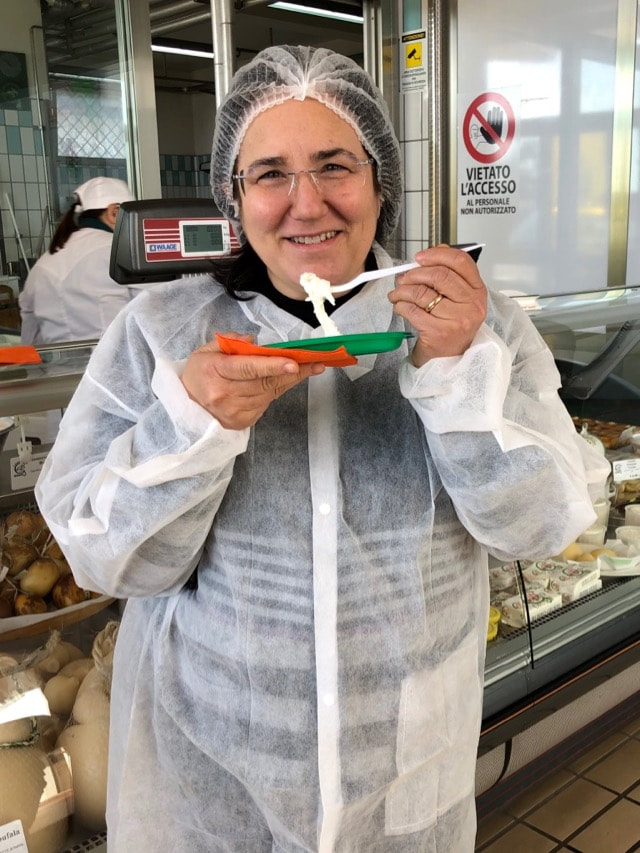
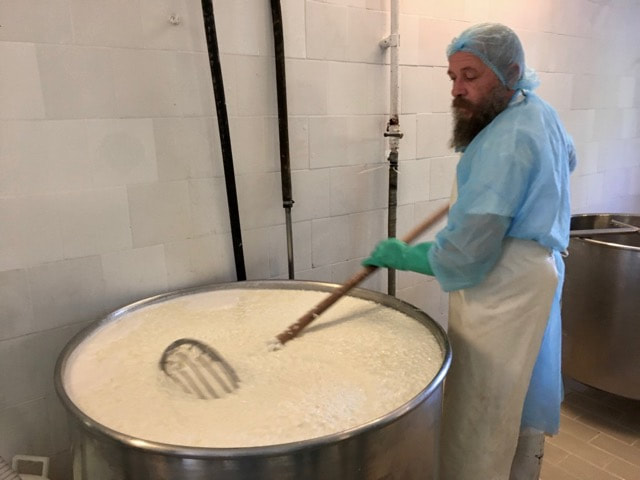
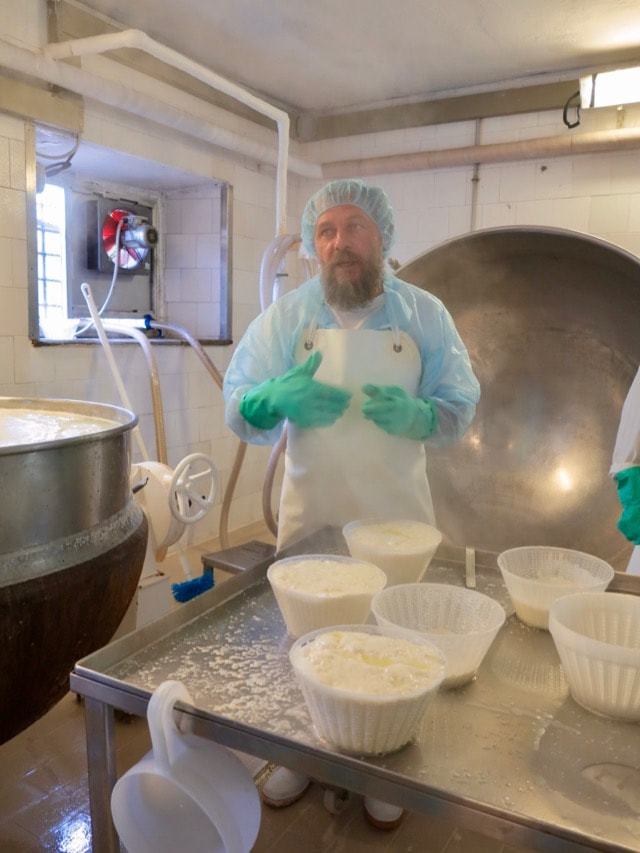
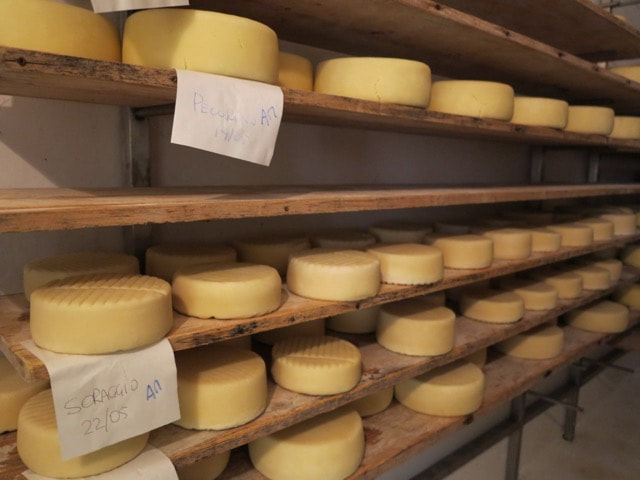
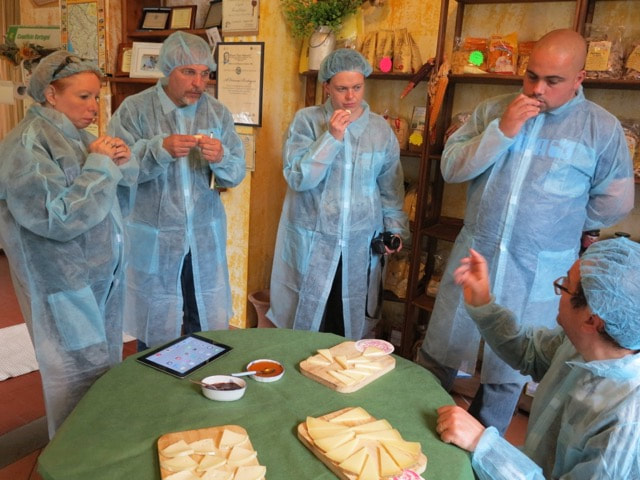
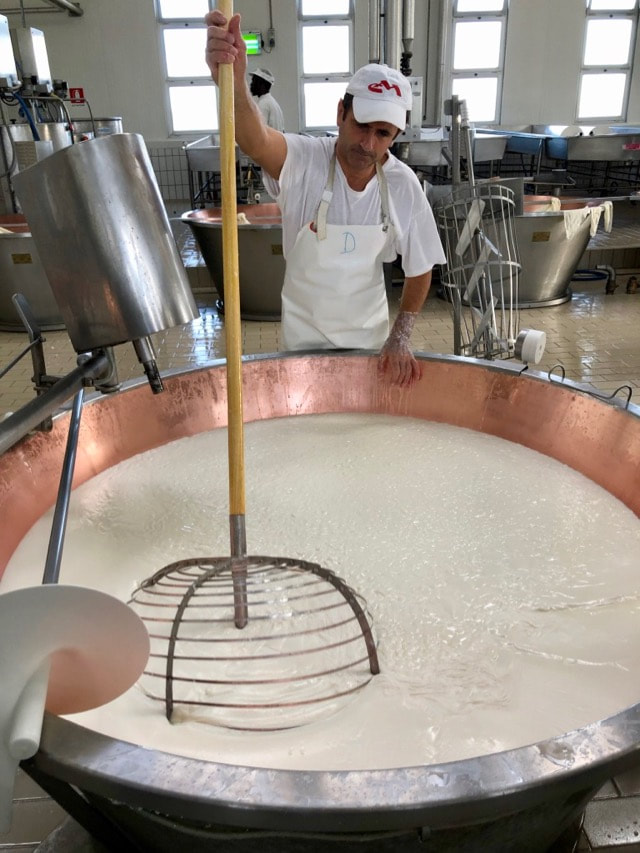
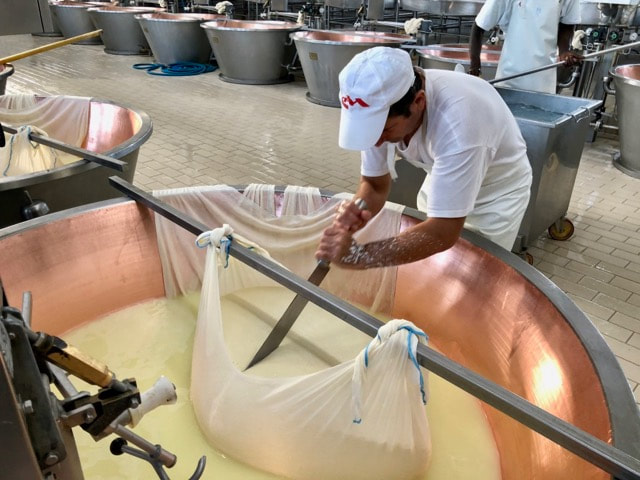
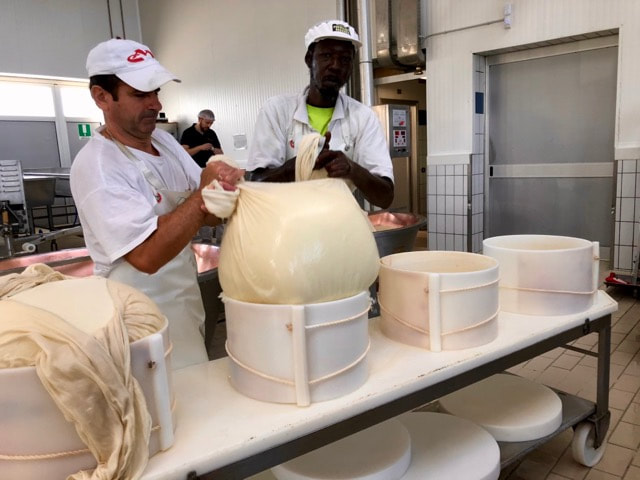
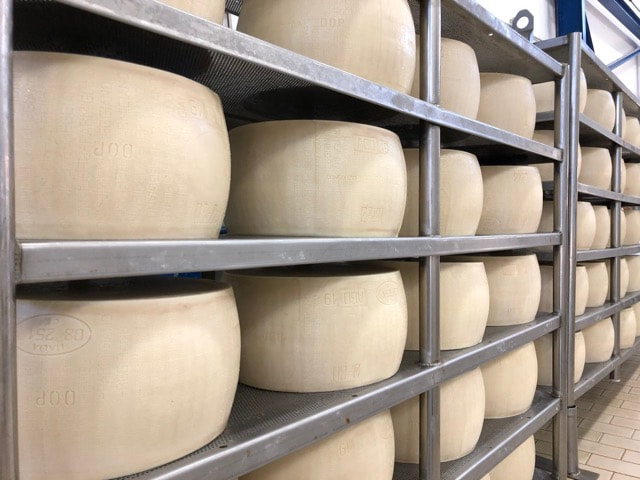
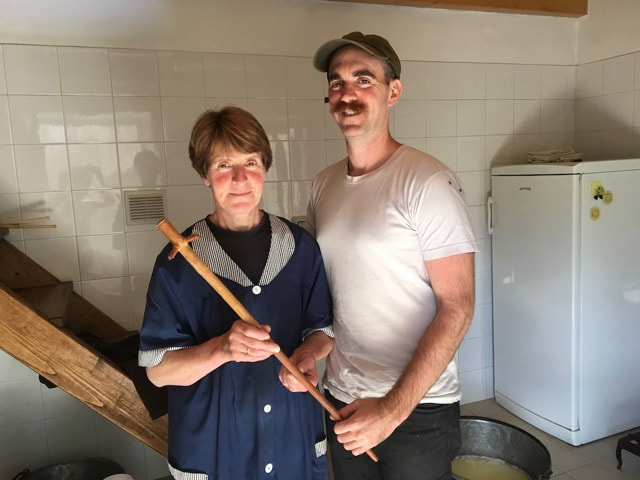
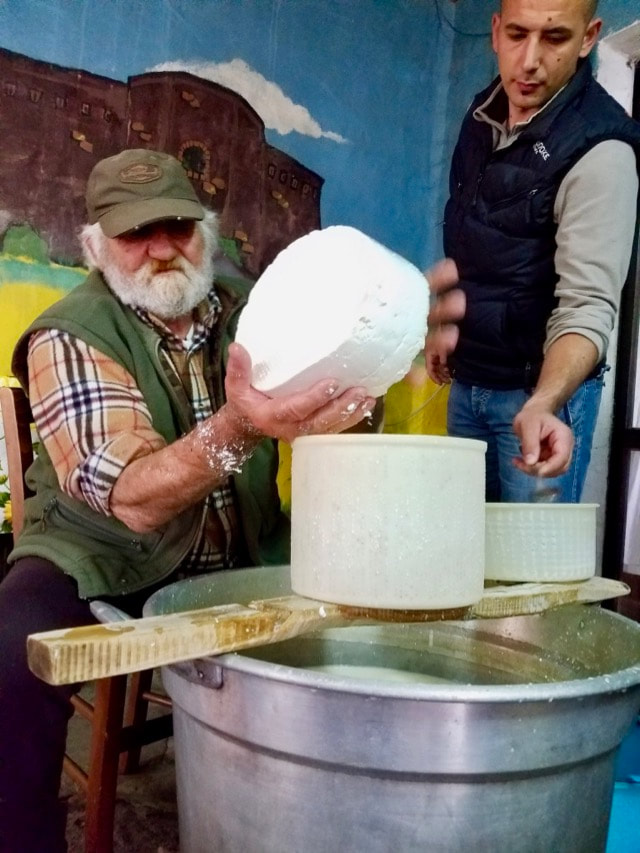
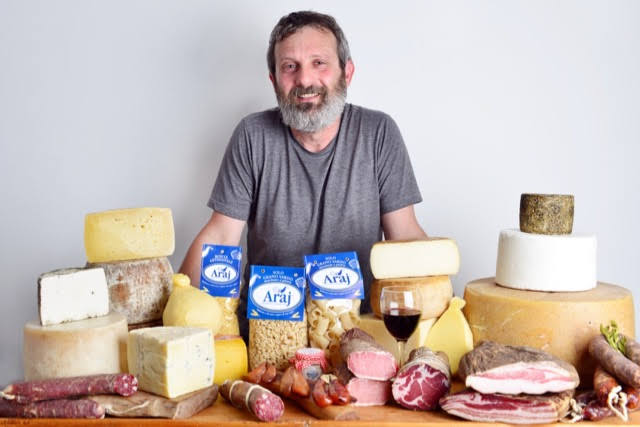
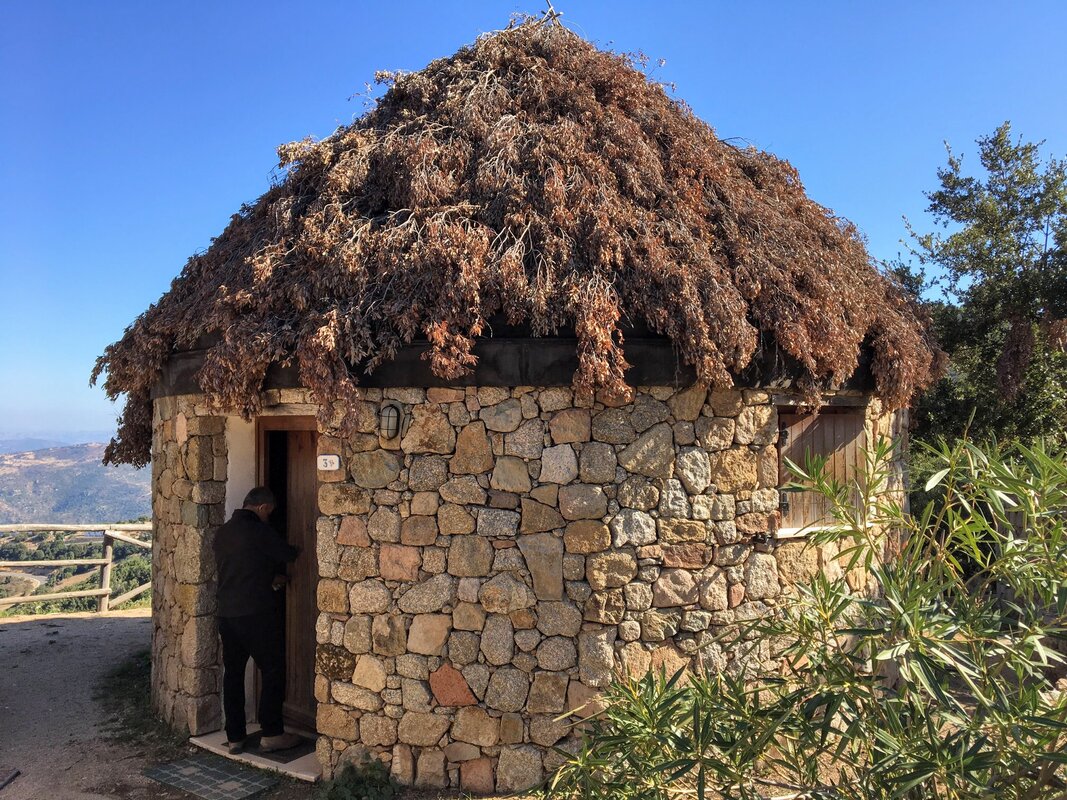
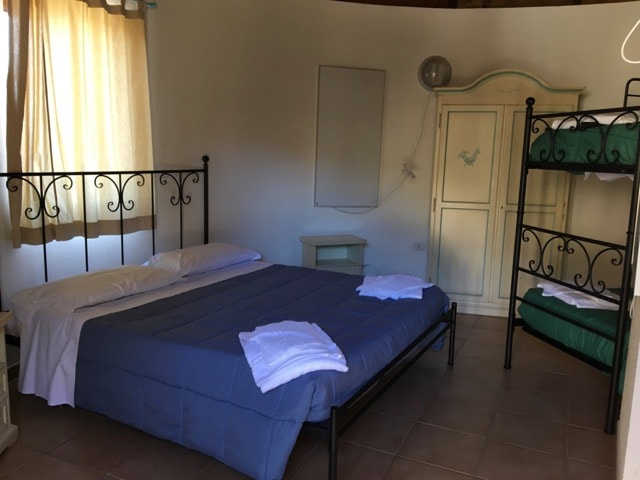
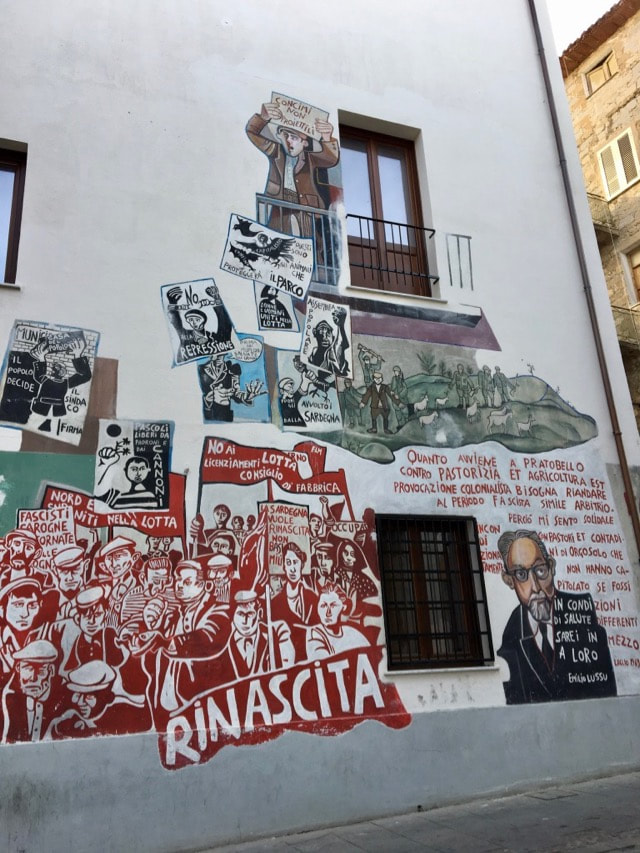
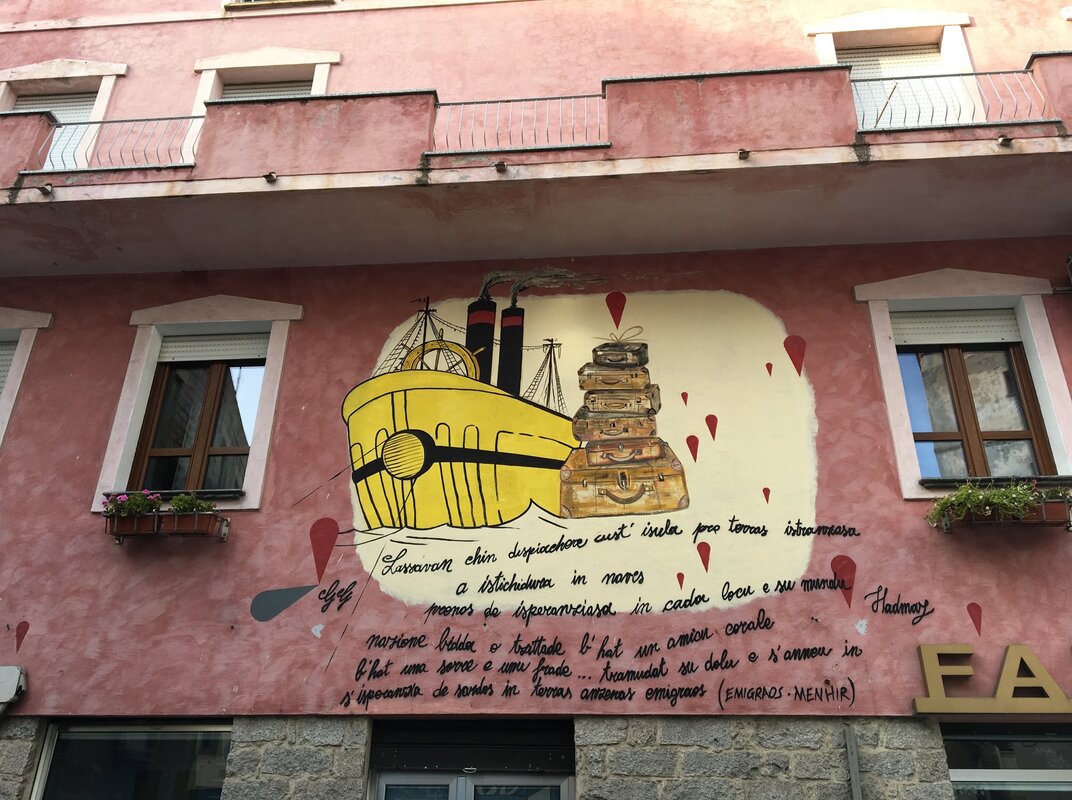
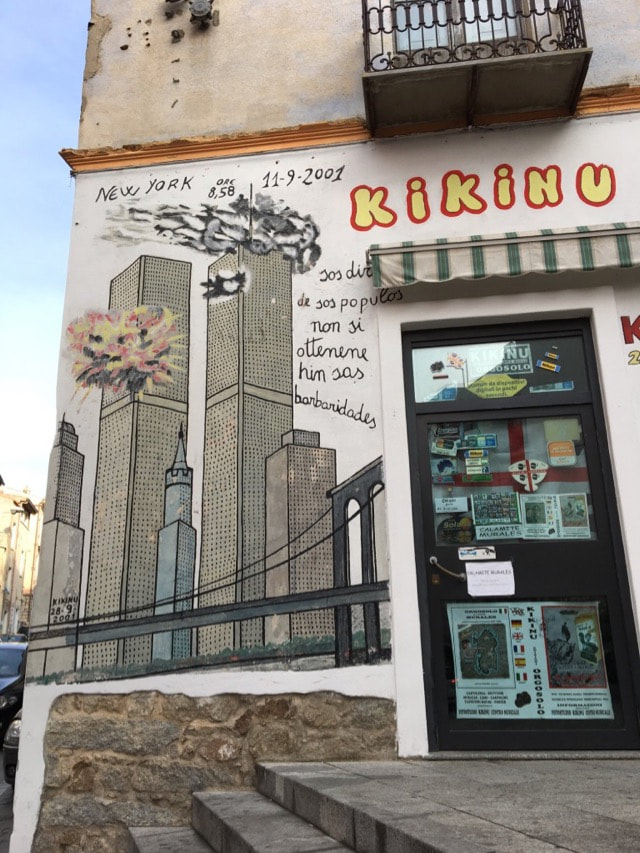
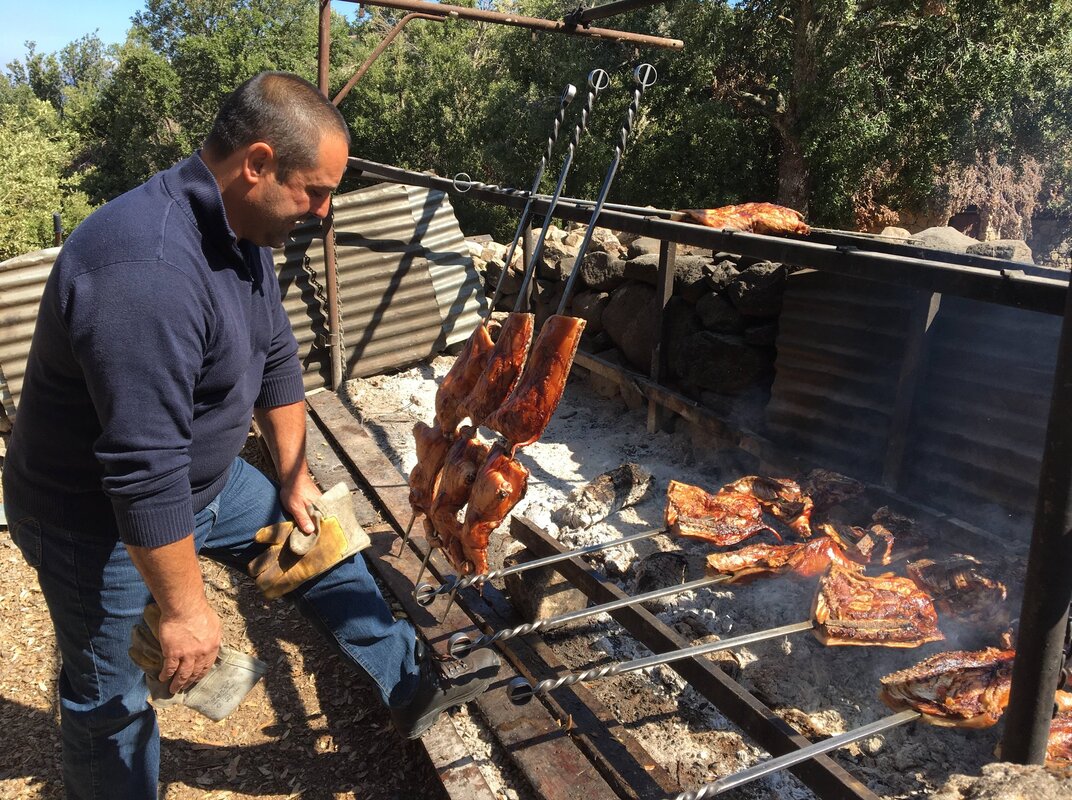
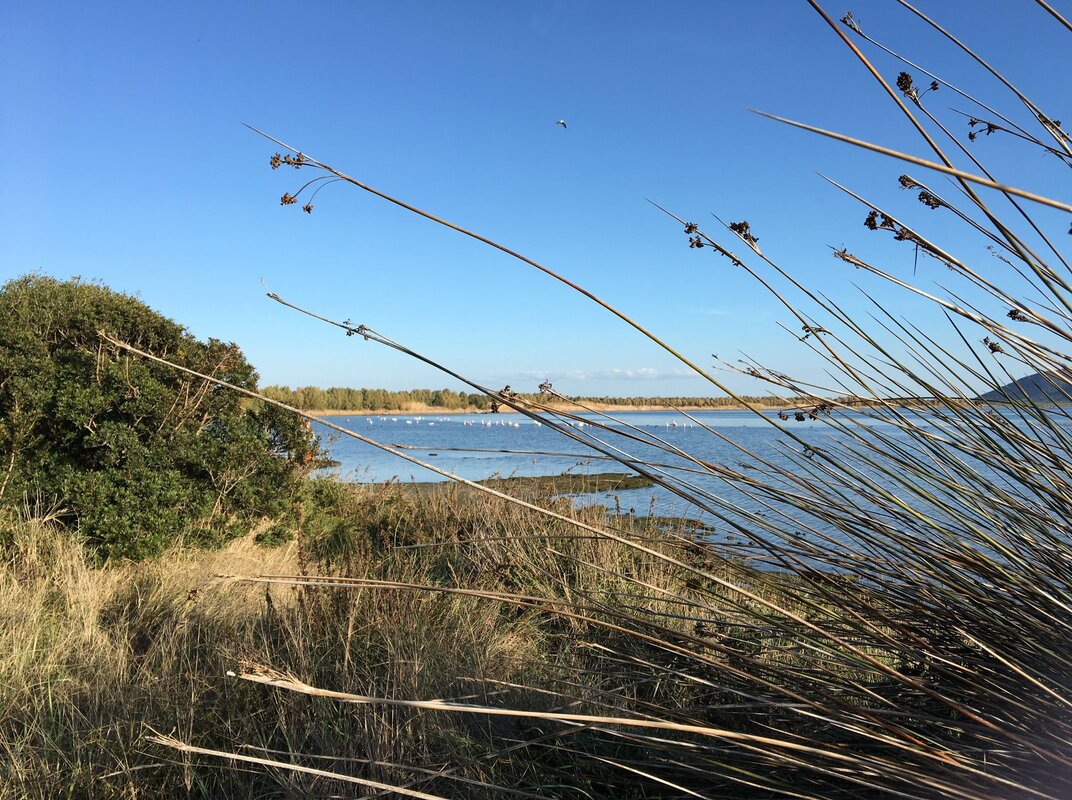
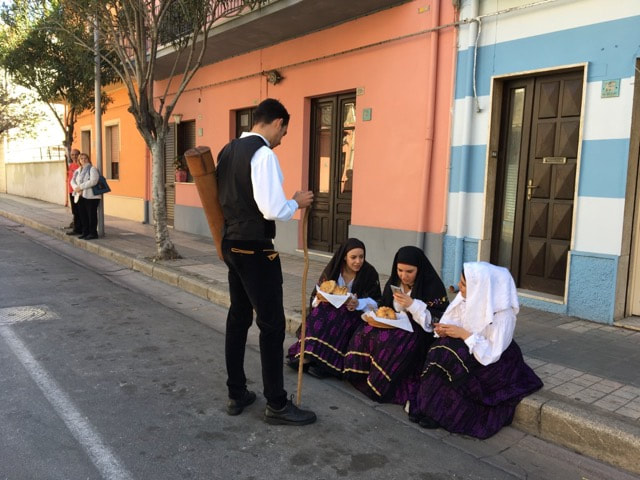
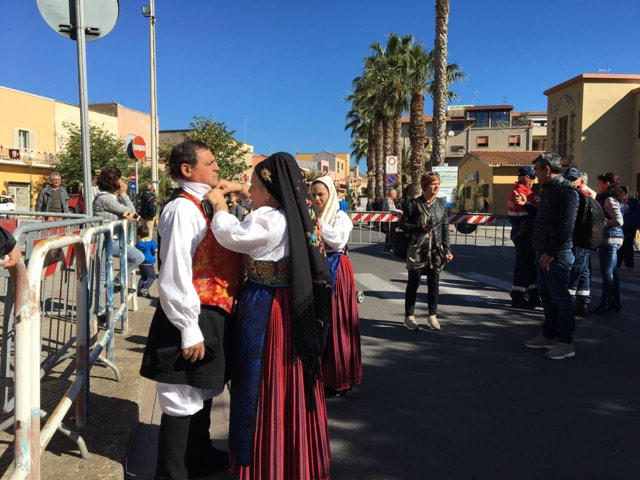
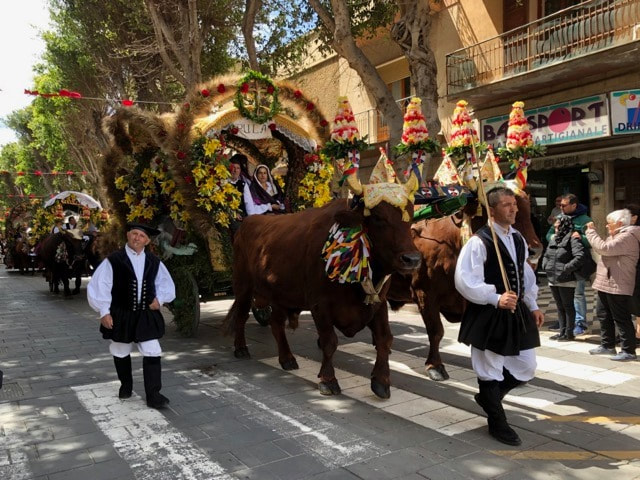
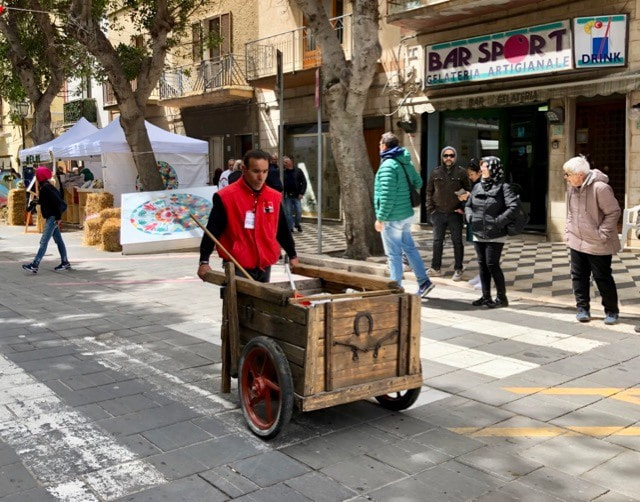
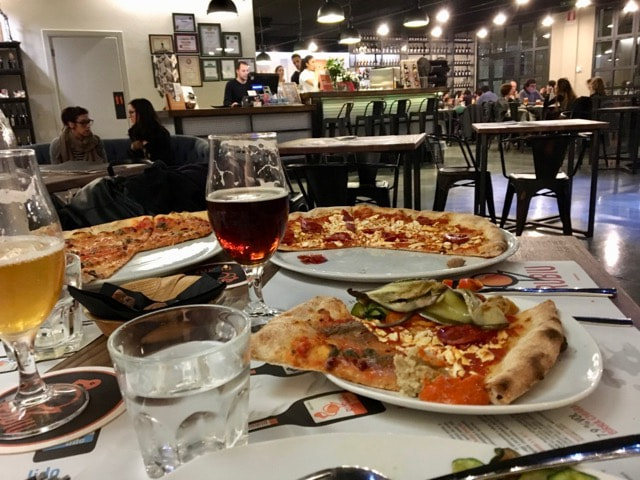
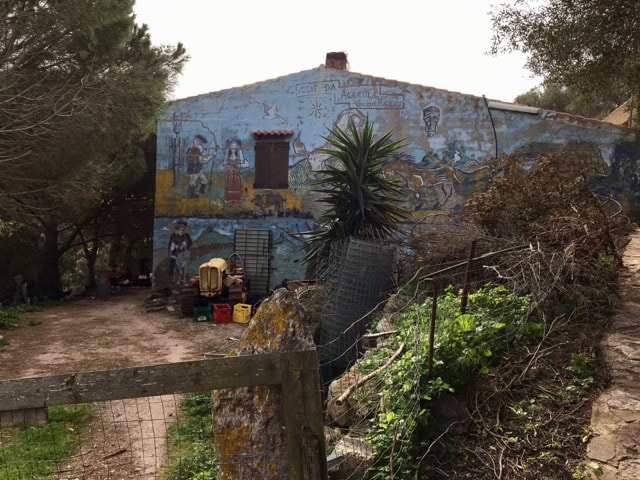
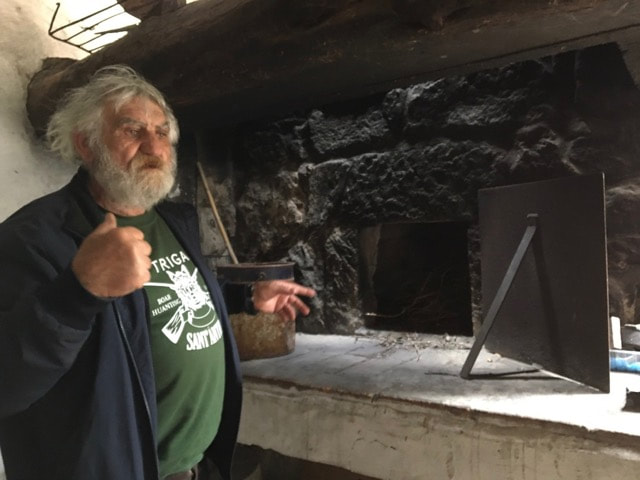
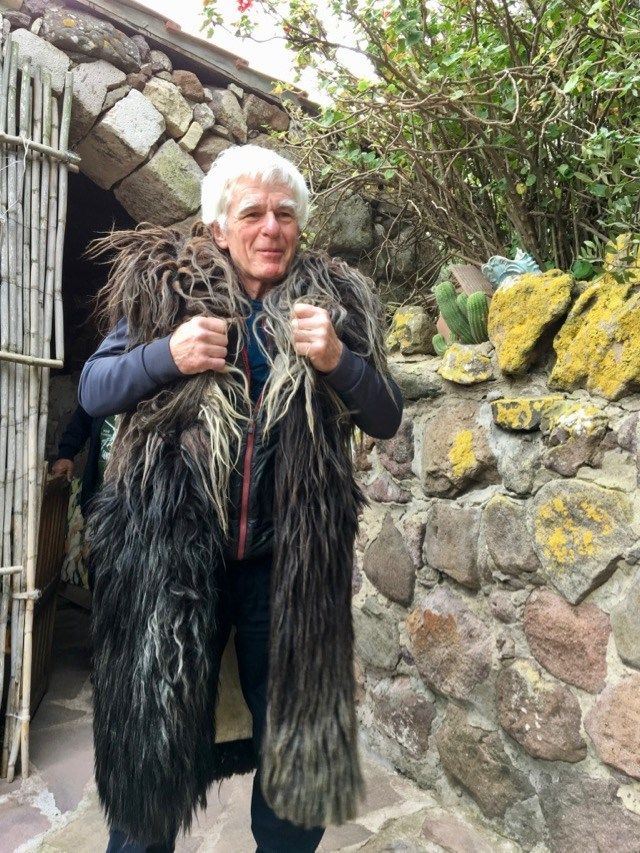
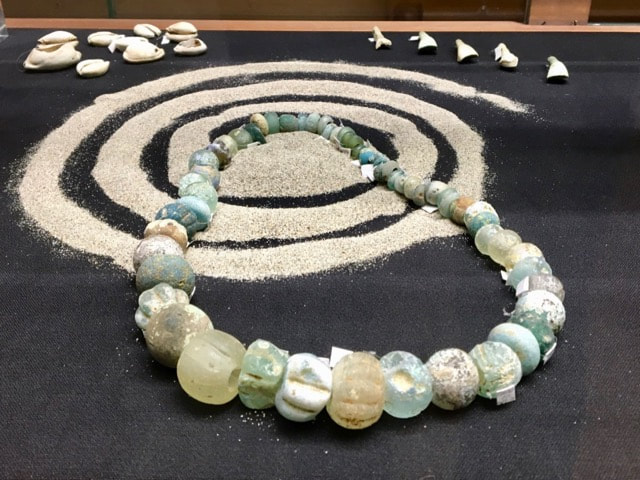
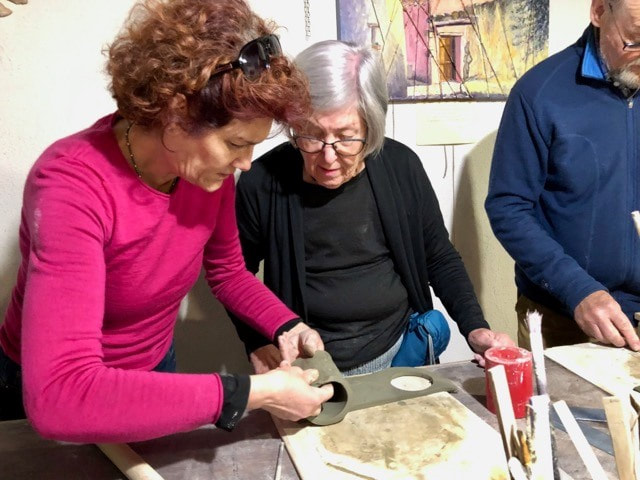
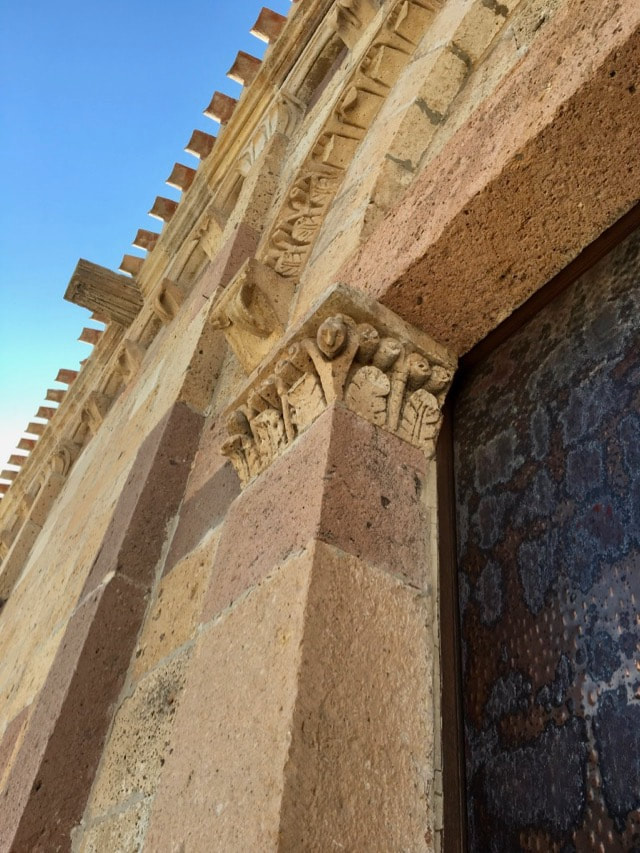
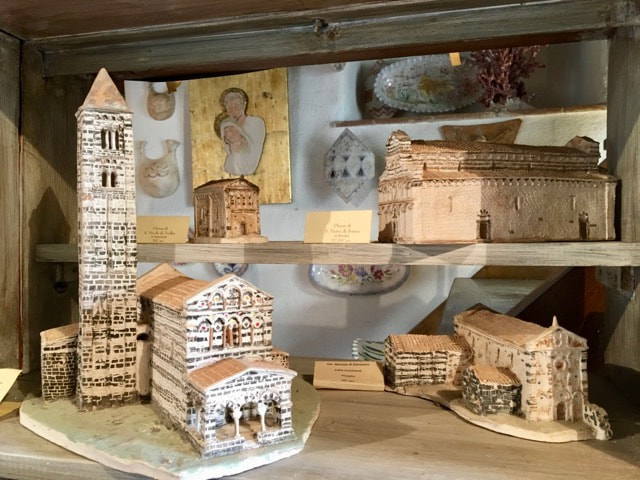
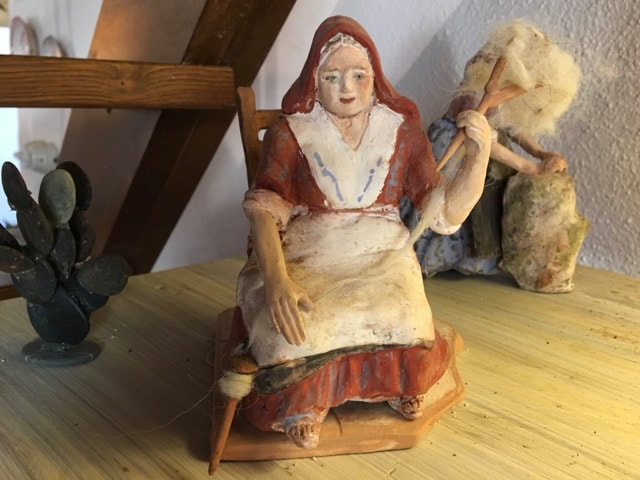
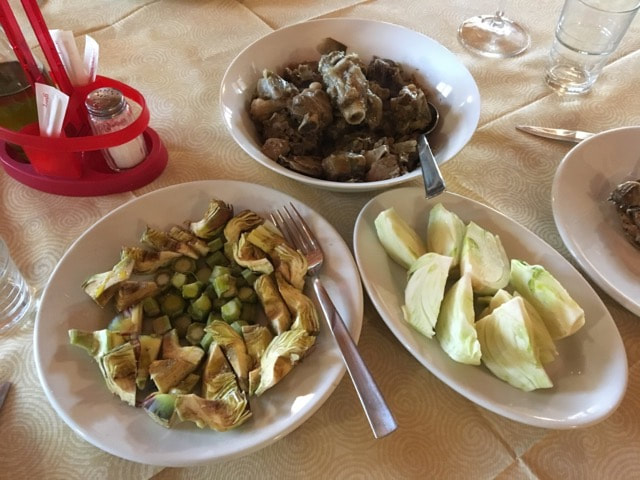
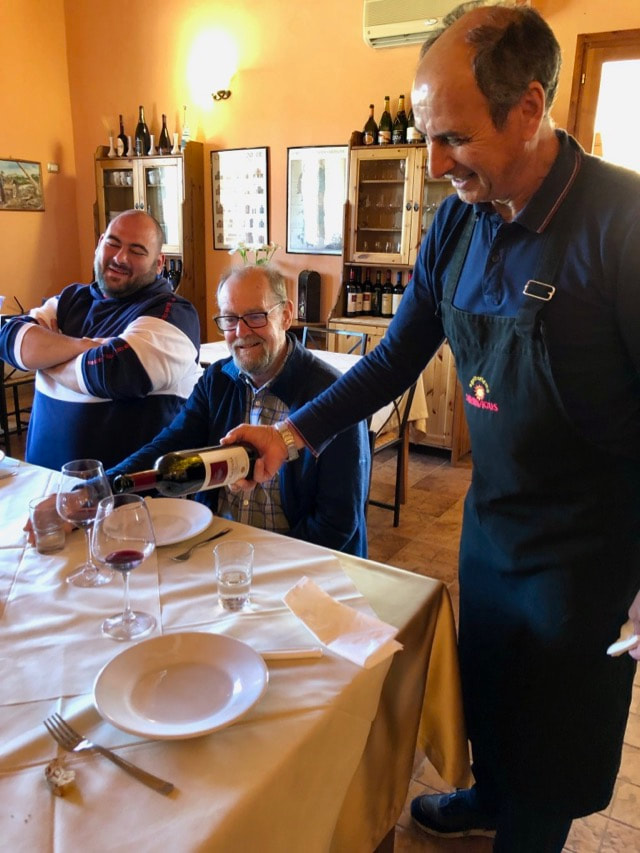
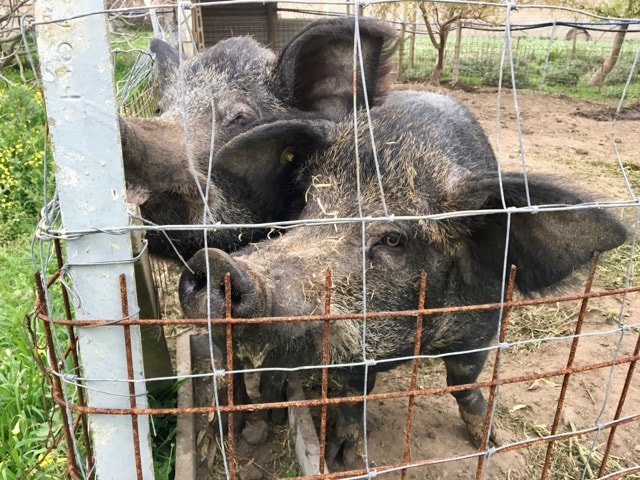
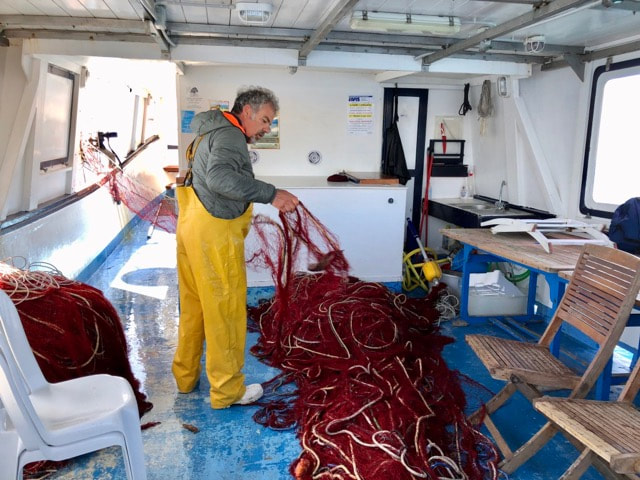
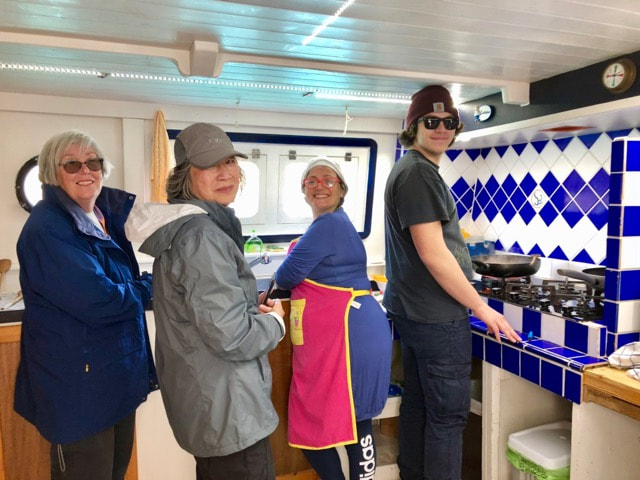
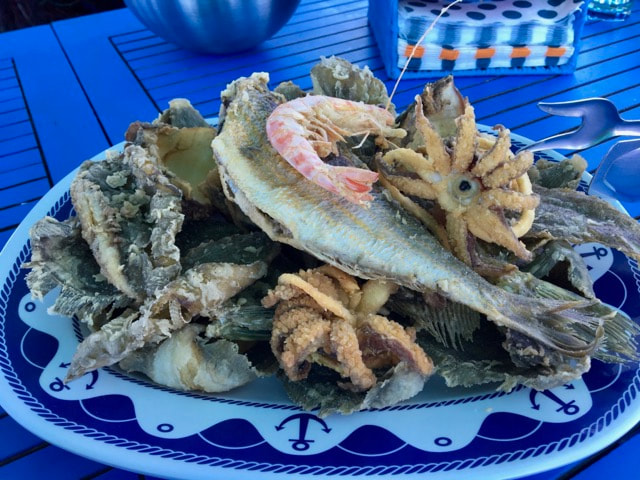
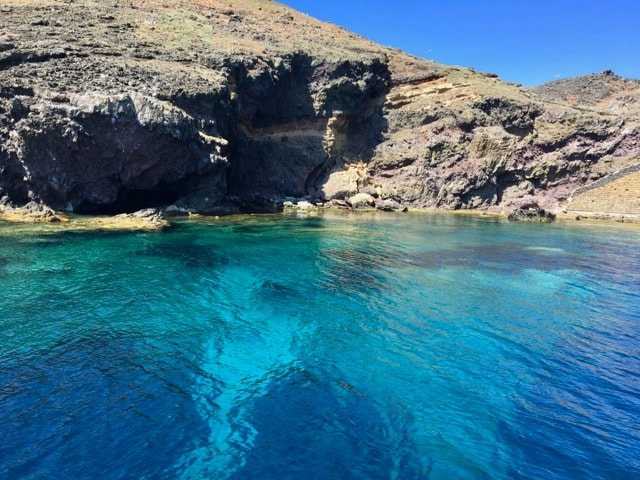
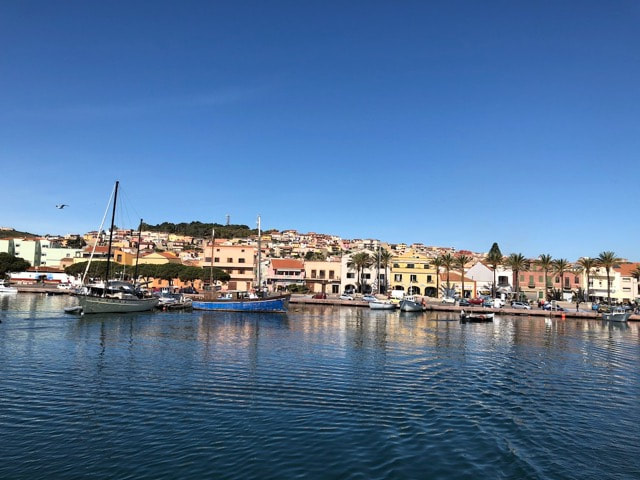
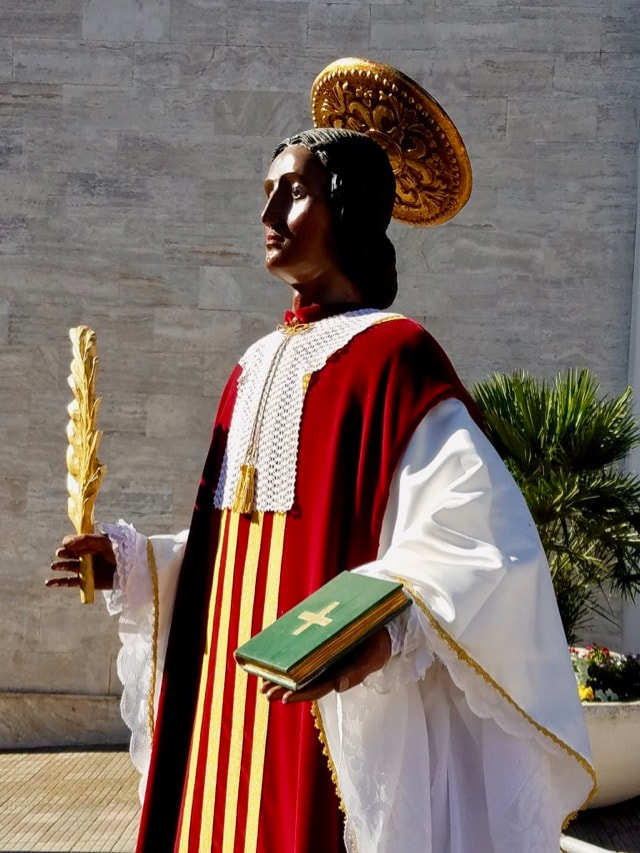
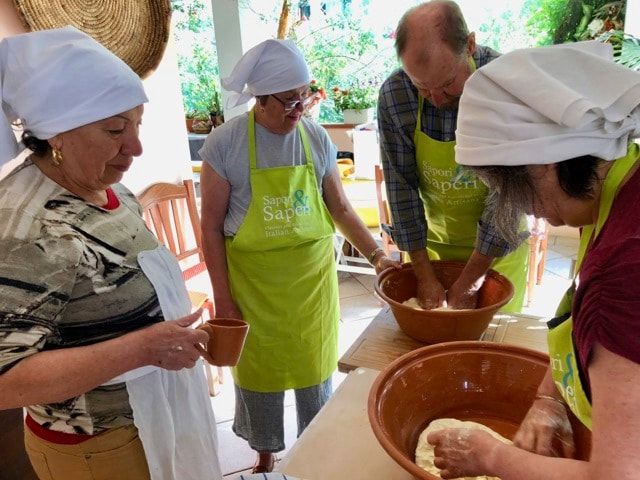
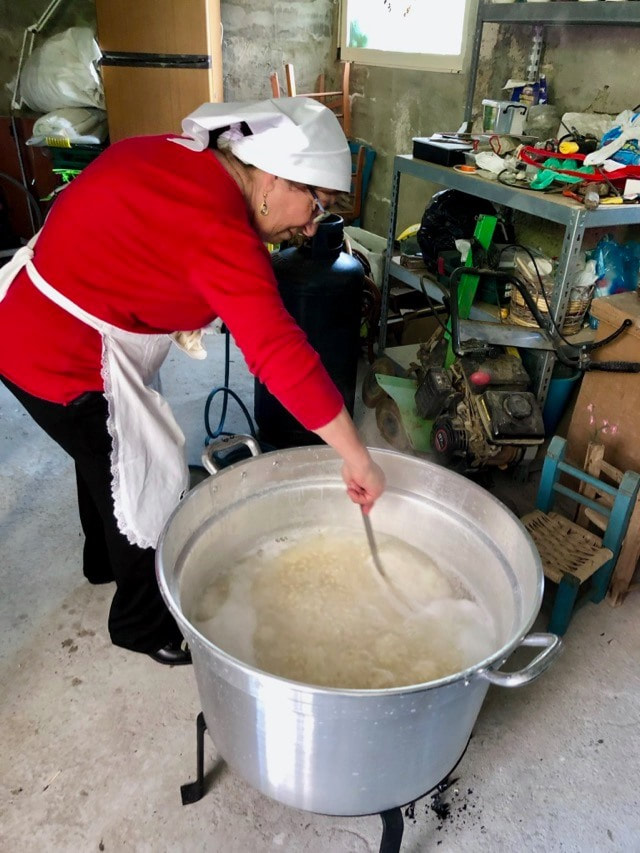
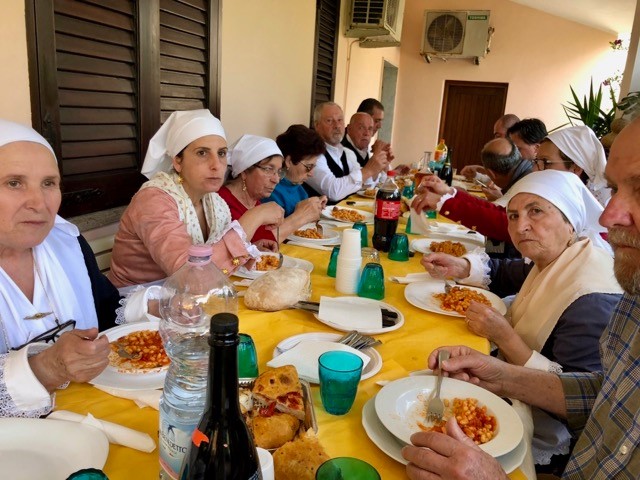
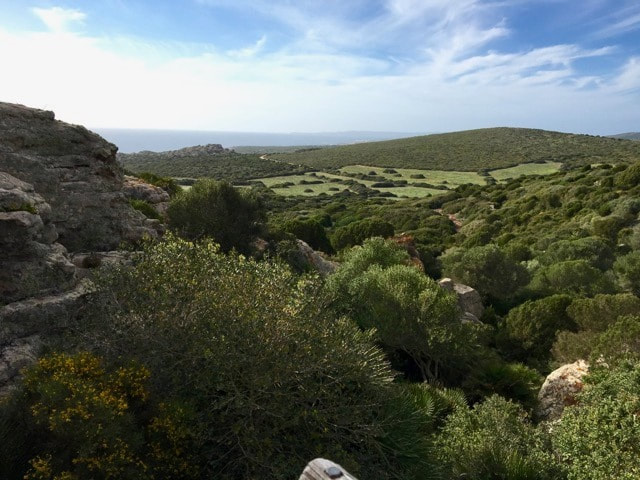
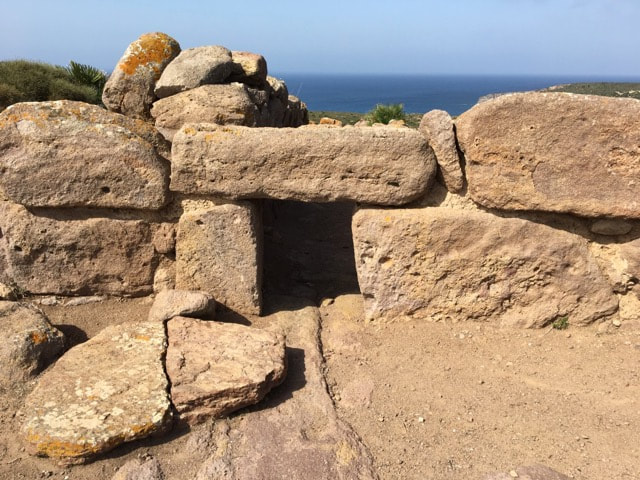
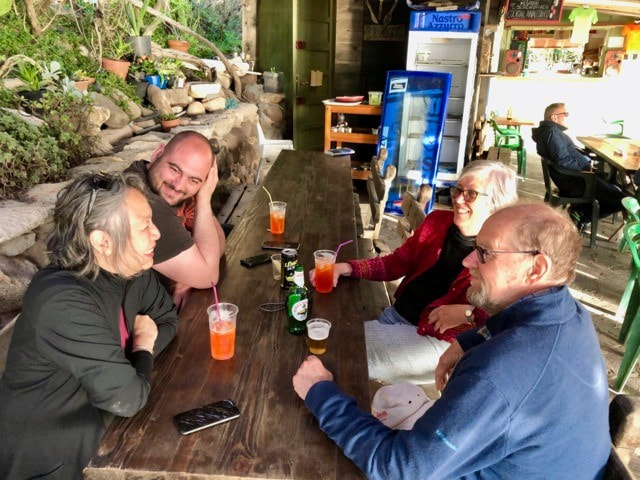
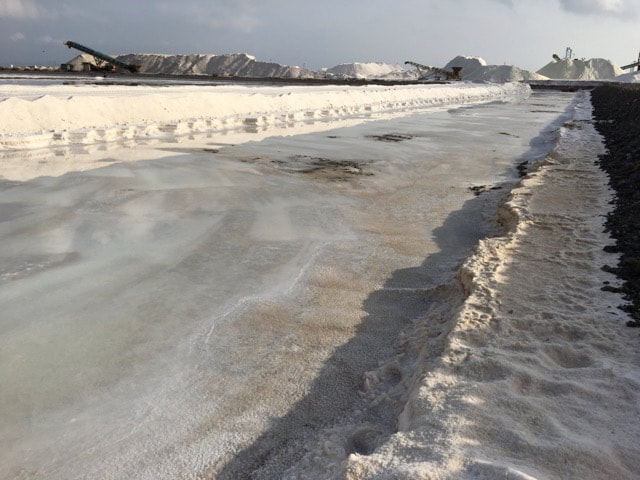
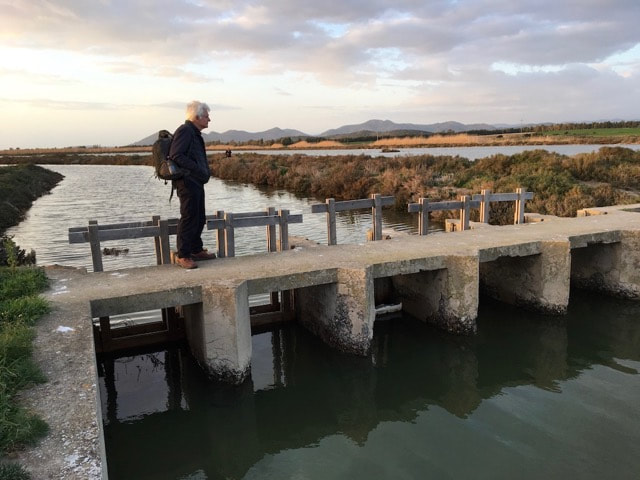
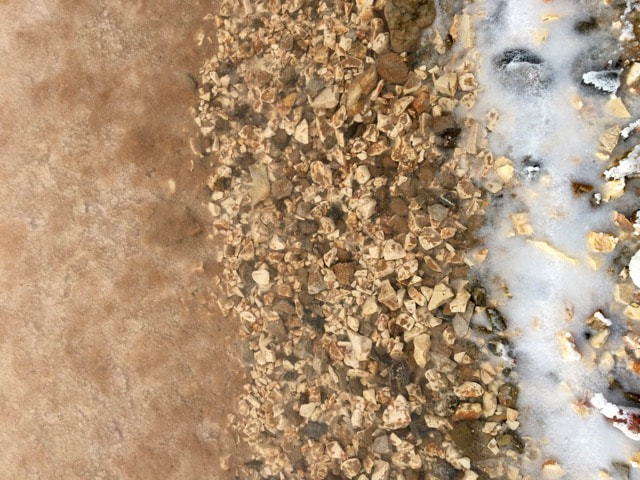
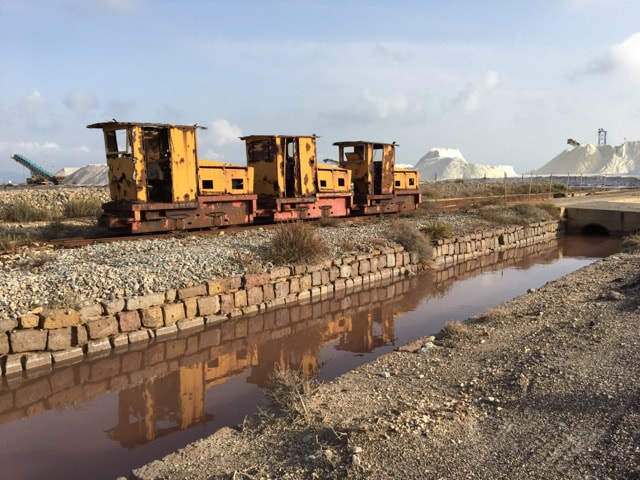
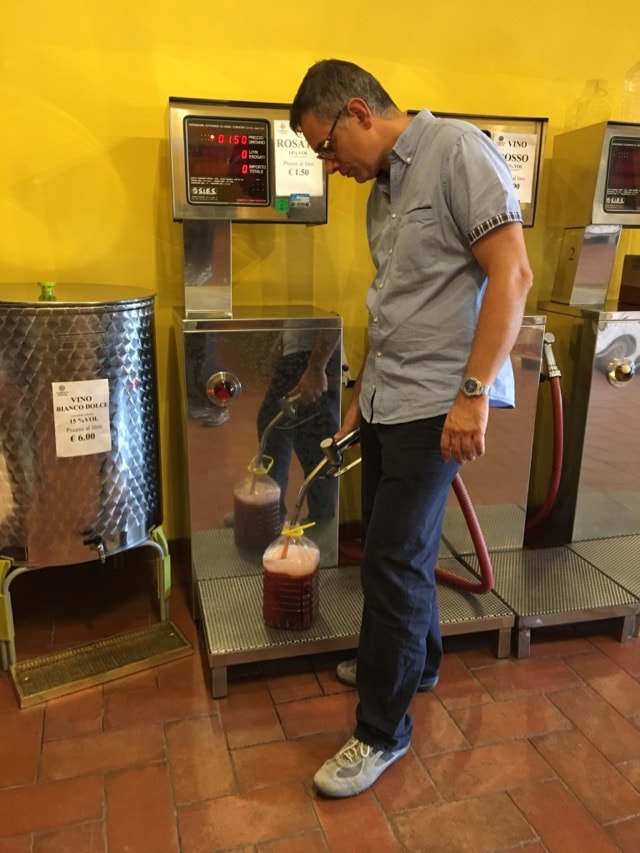
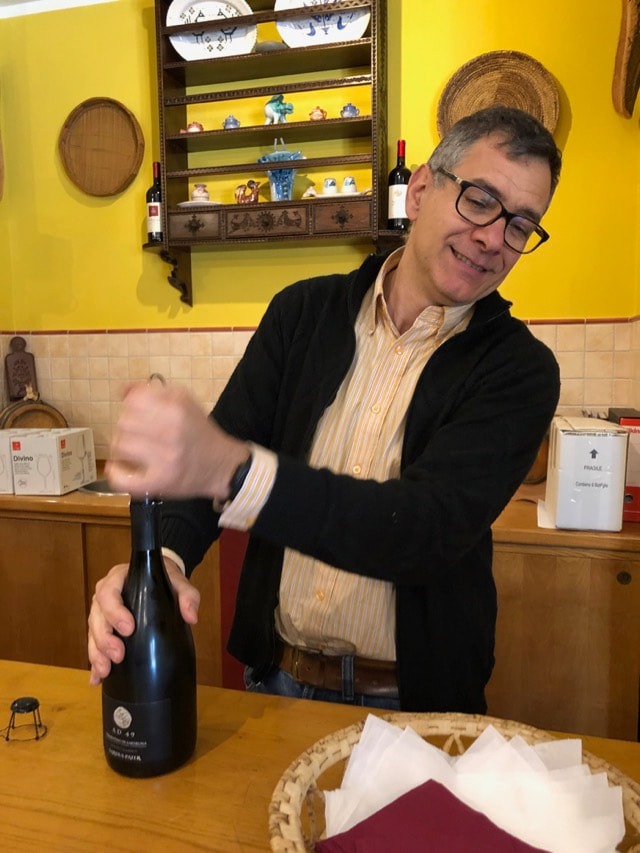

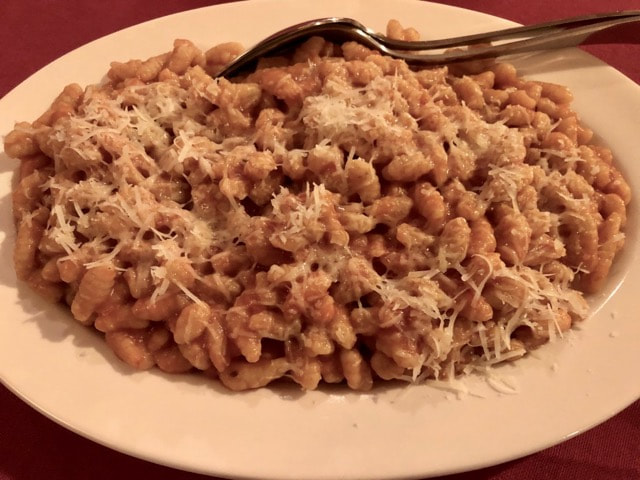
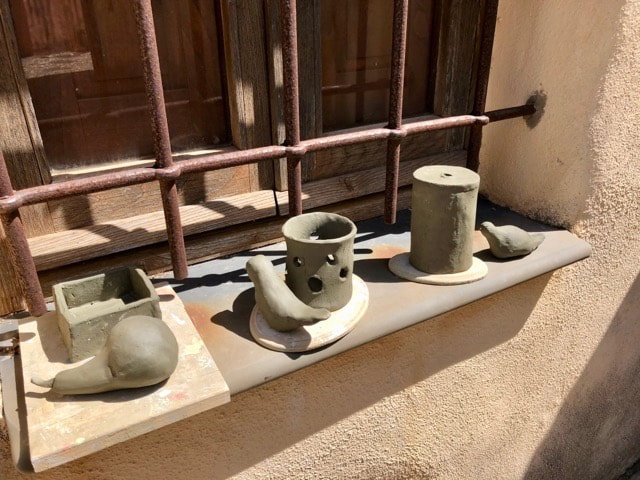
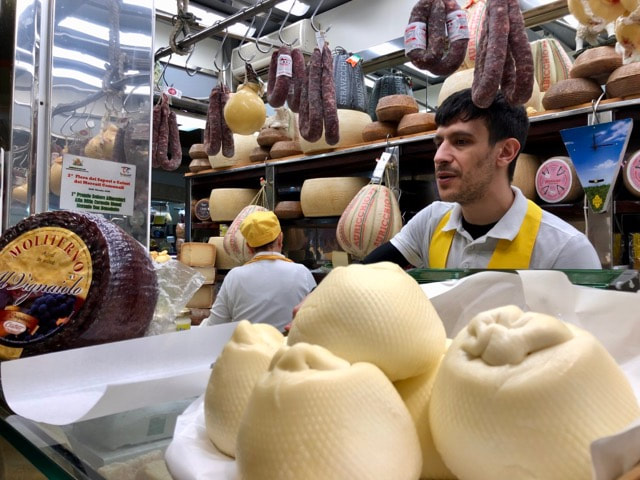
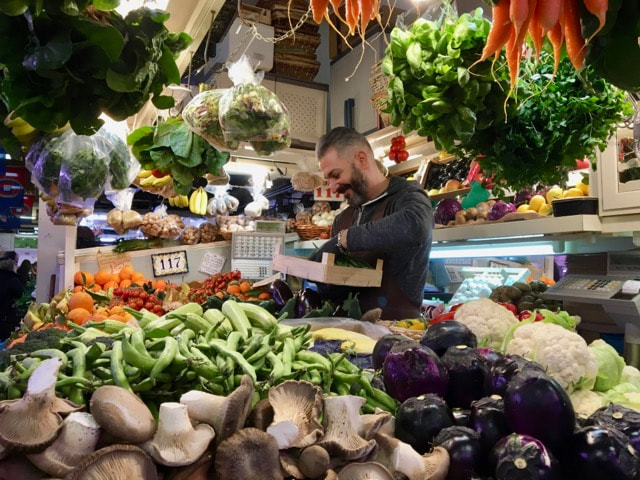
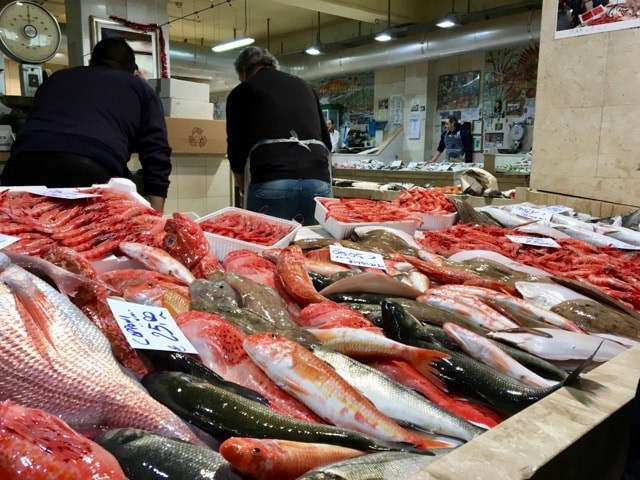
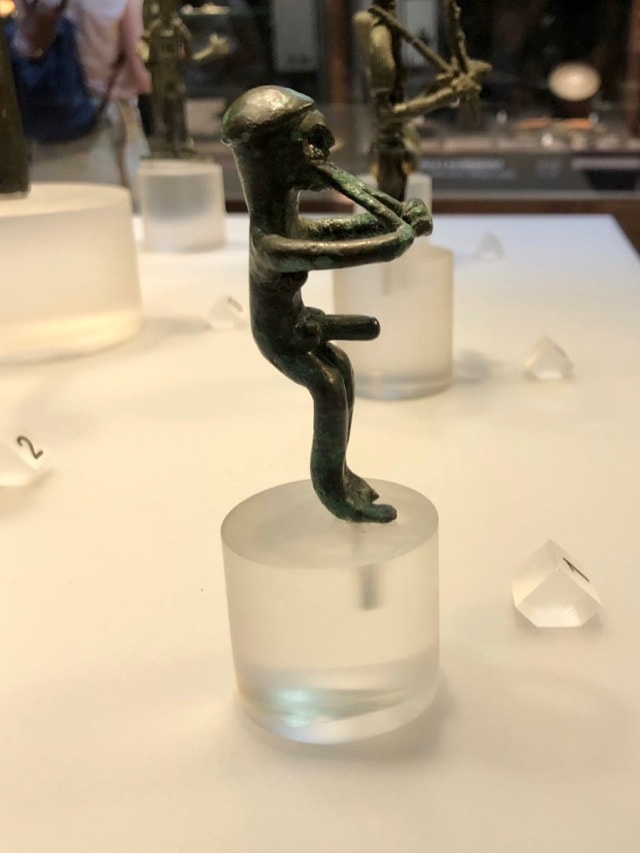
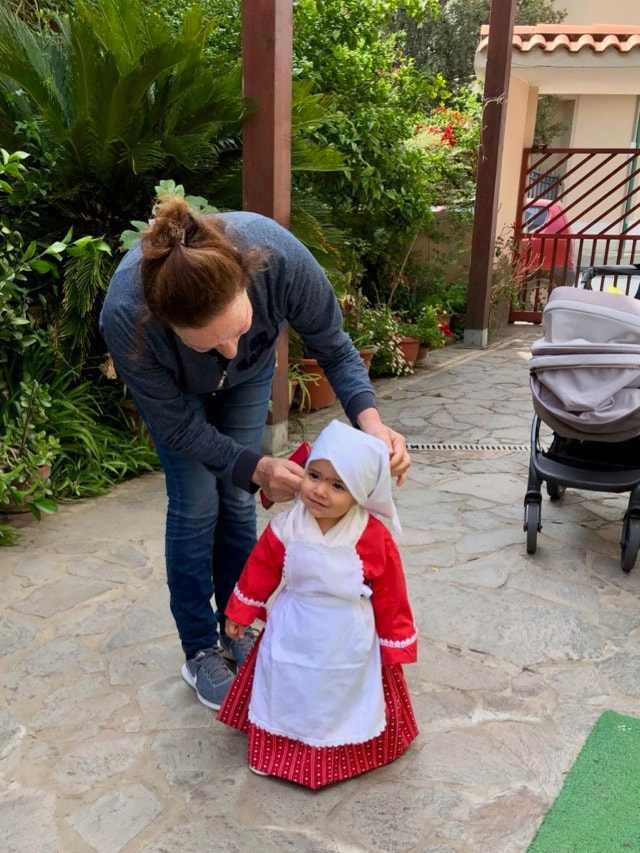
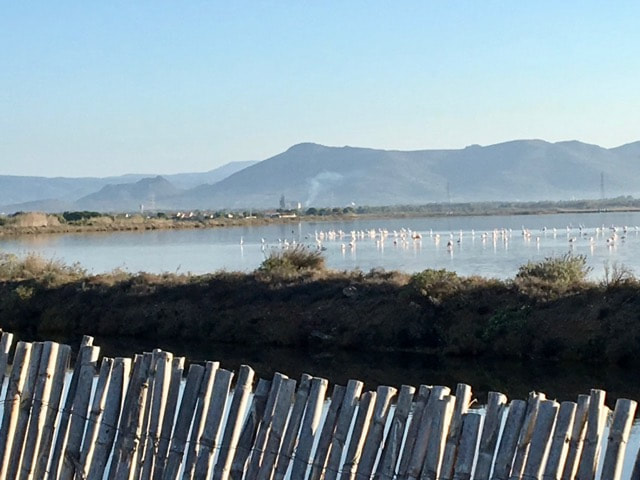
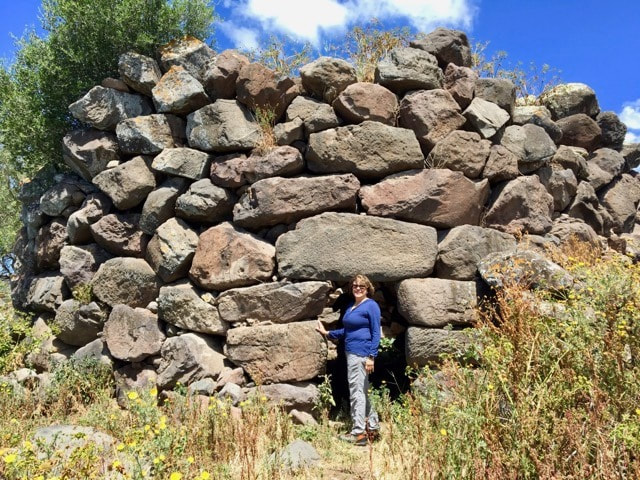
 RSS Feed
RSS Feed



